Category: Cultural assets
-
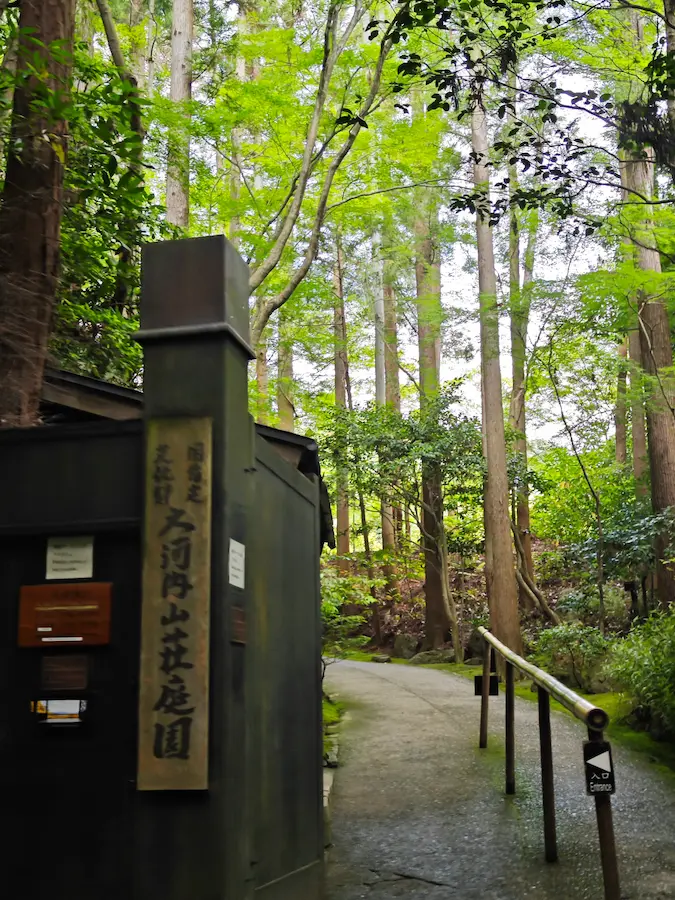
Okochi Sanso Garden
As you head west through the bamboo forest of Arashiyama, you will come to the Ogura mountain. There you will find the entrance to Okochi Sanso Garden. Kyoto City Official Travel Guide Okochi Sanso Garden is a mountain villa garden located in Saga. It was painstakingly created over a 30-year period by renowned Showa-era actor…
-
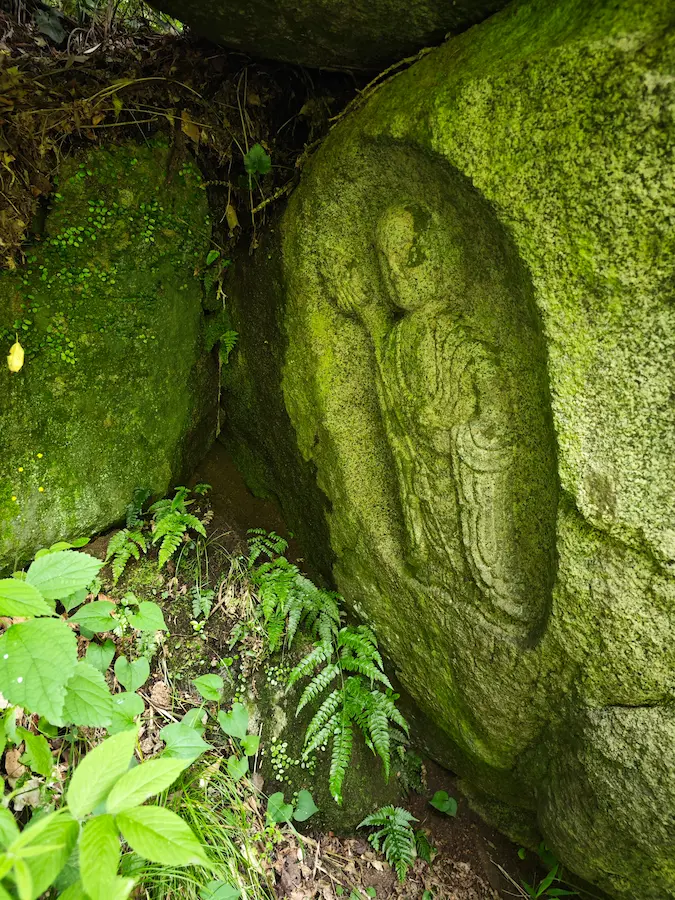
Gansenji Joruriji Hiking
Gansenji Joruriji Hiking is one of the best light hikes that can be done as a day trip from Kyoto. Both Gansenji Temple and Joruriji Temple are located in the mountains of Kizugawa City, near Nara, and offer important cultural assets and national treasures, including buildings and Buddhist statues dating from the Heian and Kamakura…
-
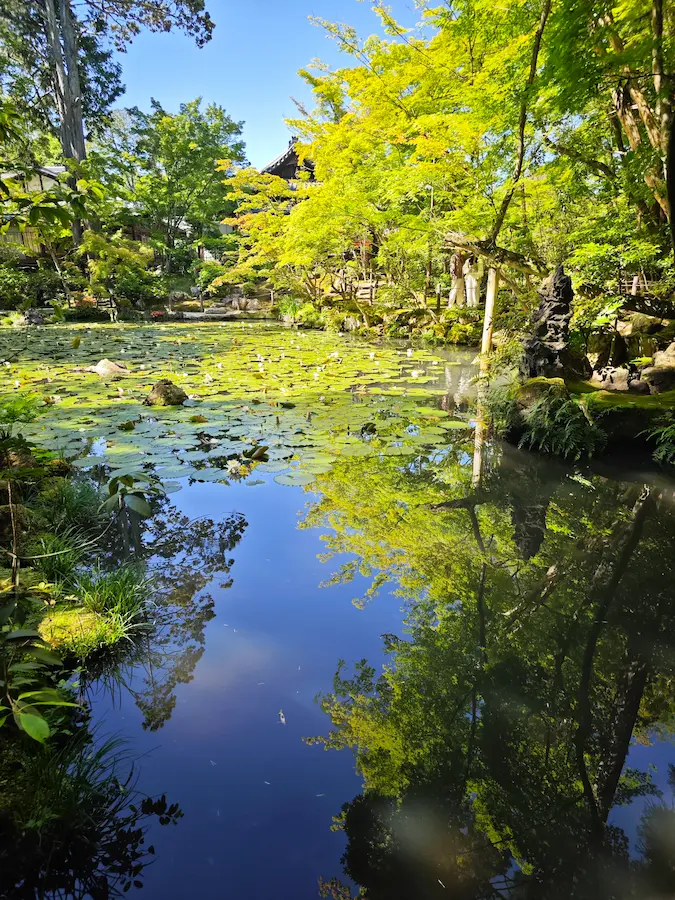
Tenju-an Temple
Tenju-an Temple, a sub-temple of Nanzenji Temple, is a historic Zen temple in the Sakyo Ward of Kyoto City. It belongs to the Rinzai sect’s Nanzen-ji branch. The temple was founded in 1339 during the early Northern and Southern Courts (Nanbokucho) period. It was established by Kokan Shiren, the 15th abbot of Nanzenji, with the…
-
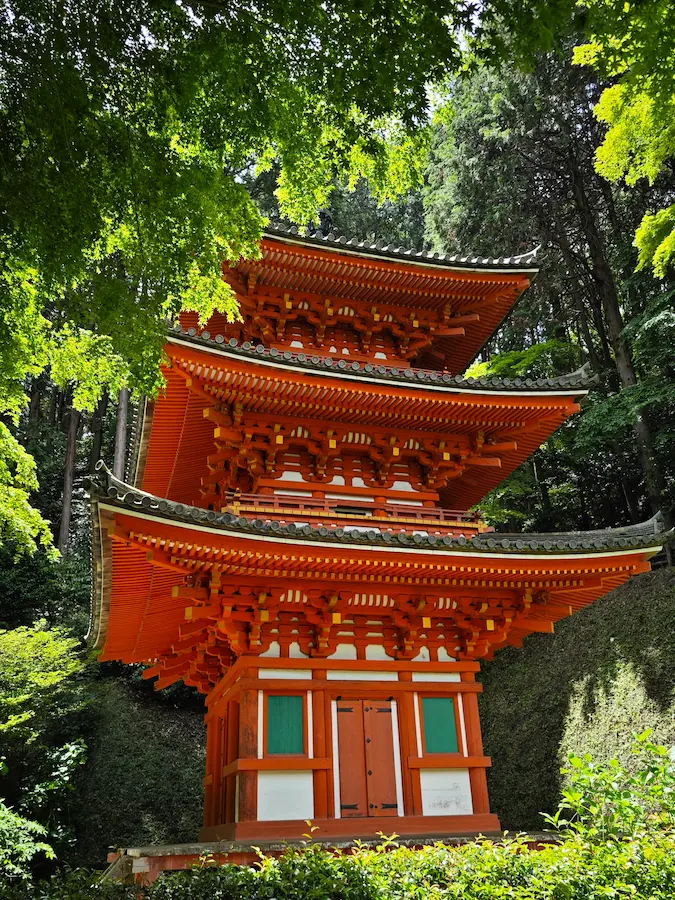
Gansenji Temple
Gansenji Temple: A Tranquil Sanctuary Steeped in History and Culture Nestled in the picturesque hills of Kizugawa City, Kyoto Prefecture, Gansenji Temple is a serene sanctuary surrounded by beautiful nature. Renowned for its exquisite architecture, stunning gardens, and valuable cultural treasures, this temple offers visitors a profound and moving experience. This article delves into the…
-
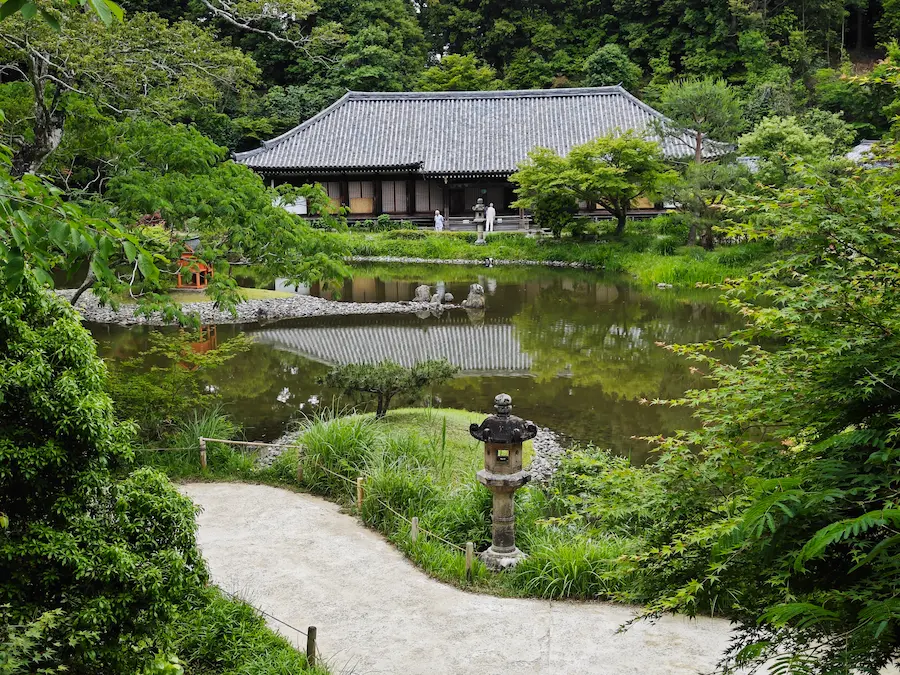
Joruriji Temple
Joruriji Temple, also known as Joruri Temple, is a historic and culturally significant temple located in the Kizugawa City of Kyoto Prefecture, Japan. It is not in the Kyoto City, and it takes about 2 hours by public transport. Joruriji Temple is famous for its beautiful gardens, ancient structures, and the rich cultural heritage it…
-
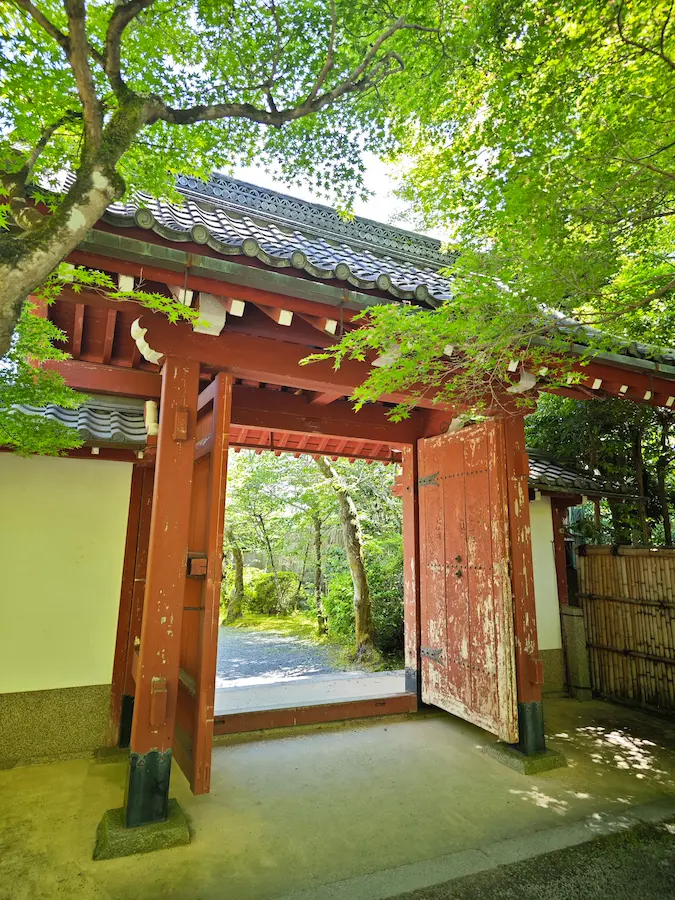
Joshoji Temple
Joshoji Temple offers a serene escape from the bustling city of Kyoto. Its connection to Yoshino Tayu adds historical depth and cultural significance. Whether you’re visiting for the cherry blossoms, autumn leaves, or just a peaceful retreat, Joshoji is a hidden gem worth exploring. Temple’s official WEB site Introduction Kyoto, Japan, is known for its…
-

Sennyuji Temple
Nestled in the serene Higashiyama district of Kyoto, Sennyuji Temple, known as “Mitera,” offers a tranquil retreat. Founded in the 9th century, this temple is a significant site for cultural heritage and historical art. This temple is the head temple of Sennyuji Sect of Shingon School of buddhism. Official WEB site Historical Significance Sennyuji has…
-
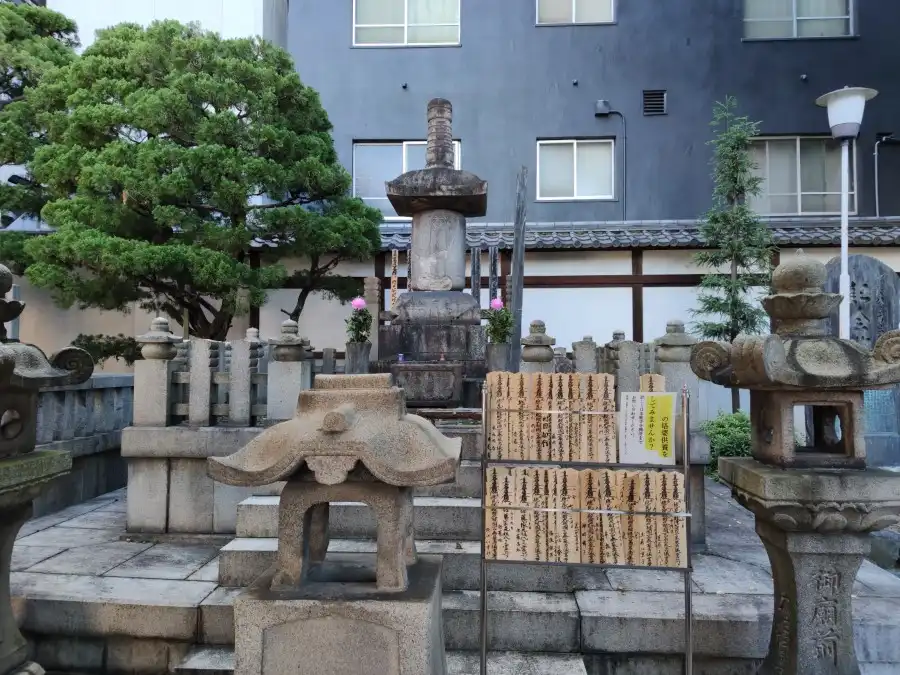
Honnouji Temple (本能寺)
Discover the rich history of Japan at Honnouji Temple in Kyoto, a hidden gem along the scenic Kamo River. As the head temple of the Honmon Sect of the Hokke School, it holds the teachings of Nichiren Daishonin. Rebuilt after the historic Honnouji Incident in 1592, when Akechi Mitsuhide rebelled against Oda Nobunaga, the temple’s…
-
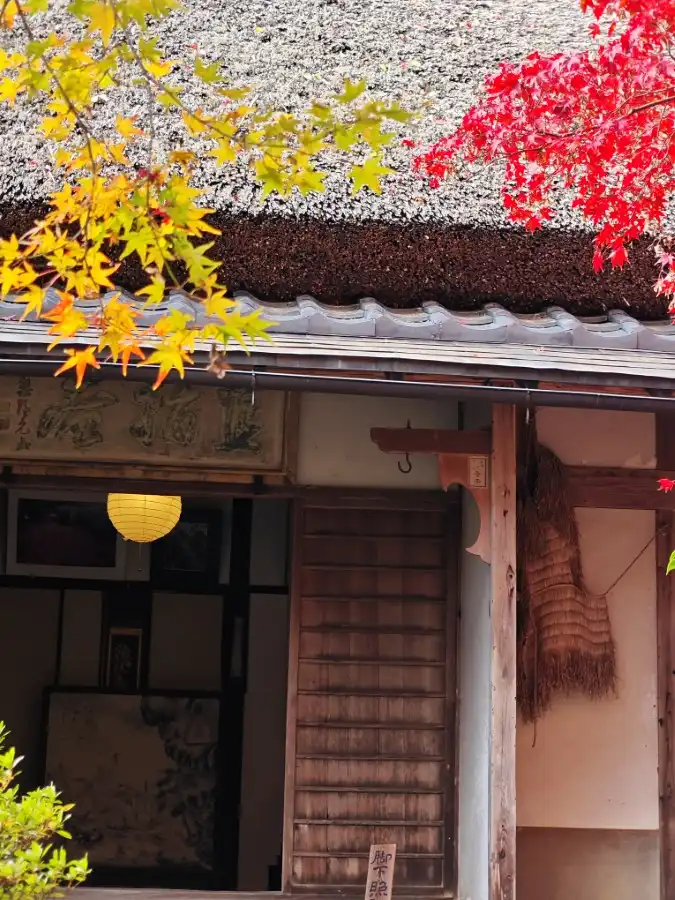
Jikishian Temple (直指庵)
Discover Kyoto’s hidden treasure, Jikishian Temple, nestled in the serene hills of Sagano. Founded in 1646, this historic site reveals the rich legacy of Obaku Zen. Renewed during the Edo period, it boasts a reed-thatched main hall, Aiai Jizo statues for luck in marriage, and vibrant seasonal foliage, especially during fall. Embrace the tranquility of…
-
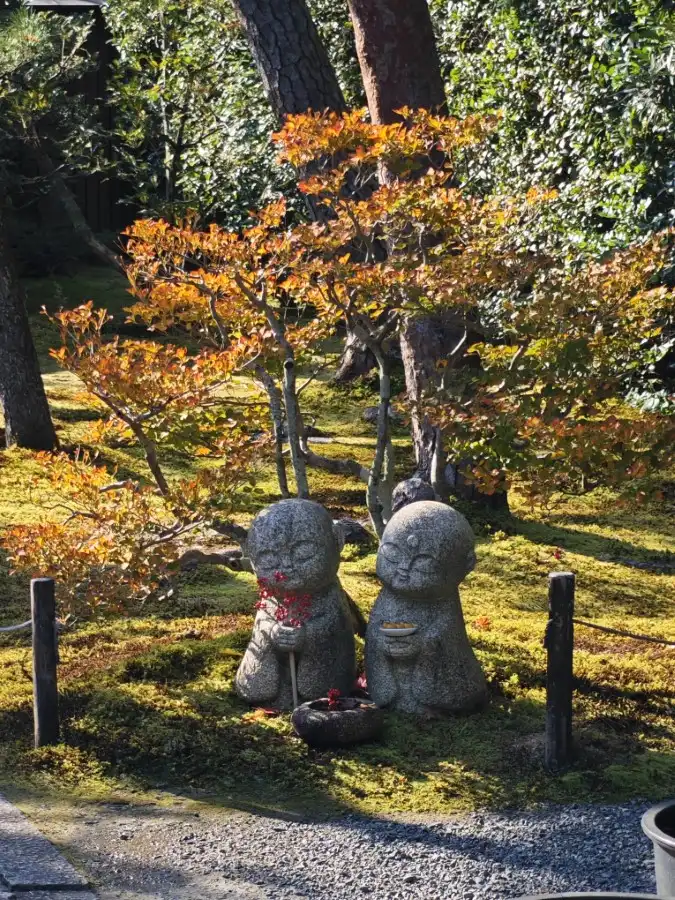
Daiou-in Temple, Myoshinji (大雄院)
Daiou-in Temple, nestled within the serene grounds of Myoshin-ji Temple in Kyoto, beckons visitors with a rich history dating back to 1603. Founded by Ishikawa Mitsutada in memory of his ill-fated father, the temple unfolds a captivating tale of love and political intrigue. Mitsutada’s mother, Okame-no-Kata, caught the eye of Tokugawa Ieyasu, resulting in the…
-
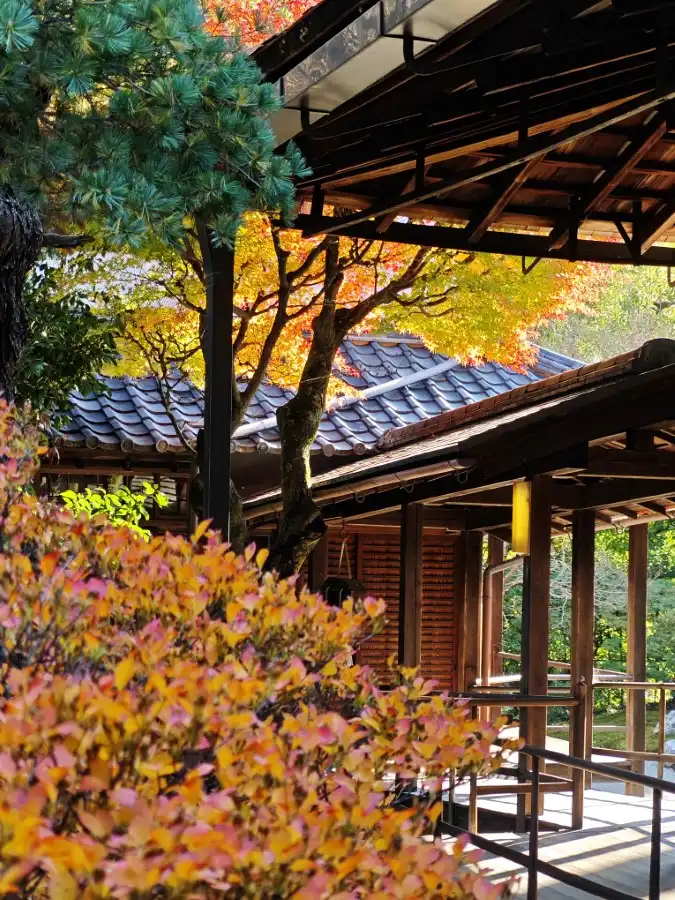
Daishin-in Temple (大心院), Myoshinji
Nestled within the historic Myoshinji Temple complex in Kyoto, Daishin-in Temple beckons as a hidden gem. Operating a unique lodging house, it retains the essence of its past when monks from across Japan sought refuge here. Open year-round to visitors, Daishin-in boasts a rich history dating back to 1479. The main hall, entrance, and a…
-
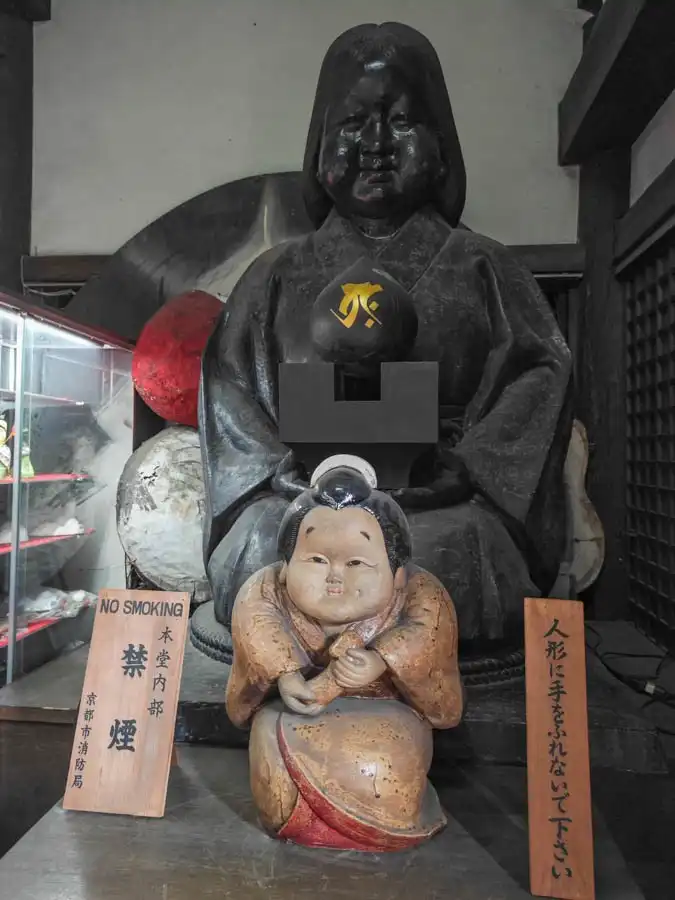
Daihouonji Temple (大報恩寺)-Senbon Shakado
Daihouonji Temple, known as Shakado, is a hidden gem in Kyoto, founded in 1221. The awe-inspiring main hall, a national treasure, miraculously withstood historical wars like the Onin War, showcasing scars from that era. The Reihouden Museum within houses ancient artifacts, including the Standing Thousand-Armed Avalokitesvara Bodhisattva, older than the temple itself. Notably, the Roku-kannon…
-
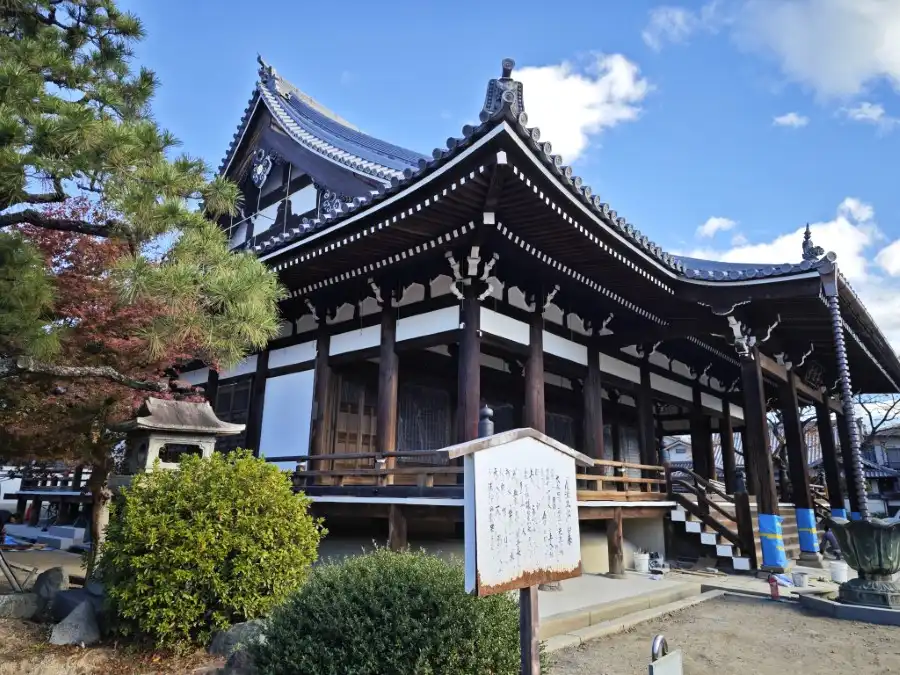
Honryuji Temple (本隆寺)
Discover the rich history and serene beauty of Honryuji Temple, the prestigious head temple of the Hokke school of Buddhism in Kyoto’s Nishijin district. Originally founded in 1488 by Nichishin Daikasho, the temple has withstood challenges, including religious wars and fires, earning it the nickname “the temple that never burns down.” Amidst modern changes, Honryuji…
-
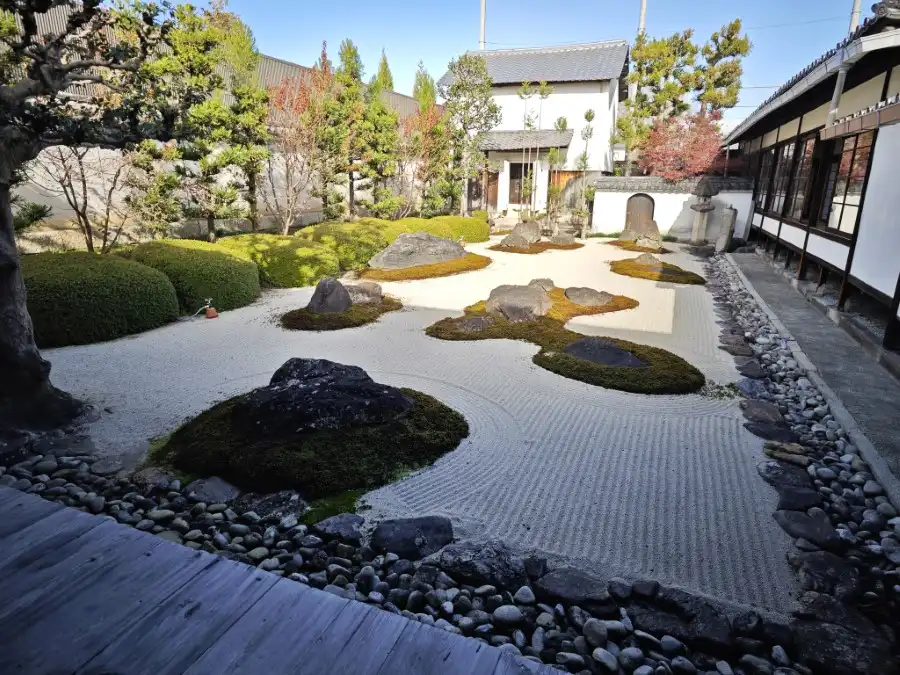
Myorenji Temple (妙蓮寺)
Nestled in Kyoto, Myorenji Temple, founded in 1294, is a sanctuary of tranquility and cultural richness. As the head temple of the Honmon Hokke school of Buddhism, it boasts a storied past marked by resilience against attacks in 1536. Rebuilt in 1542 and relocated by Toyotomi Hideyoshi in 1587, the temple now stands as a…
-
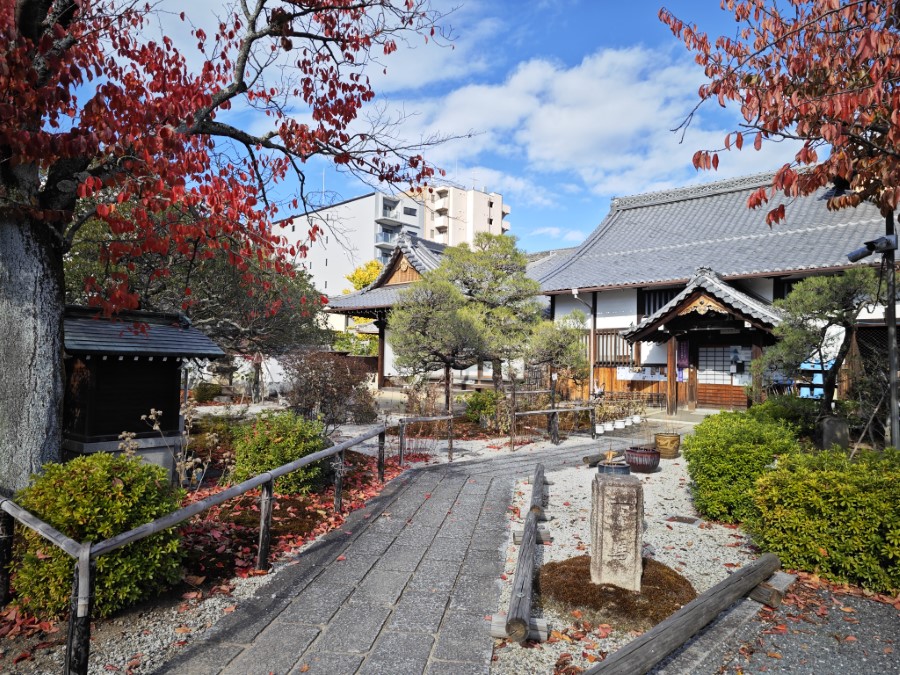
Houonji Temple (報恩寺)
Nestled in Kyoto’s historic tapestry, Houonji Temple, founded in the Muromachi period, invites foreign tourists on a journey through time and tradition. Originally a confluence of Tendai and Jodo sects, it underwent relocations and reconstructions, surviving the fires of Edo. Discover the famed “Nakiutora” painting, a testament to Toyotomi Hideyoshi’s encounter with a howling tiger,…
-
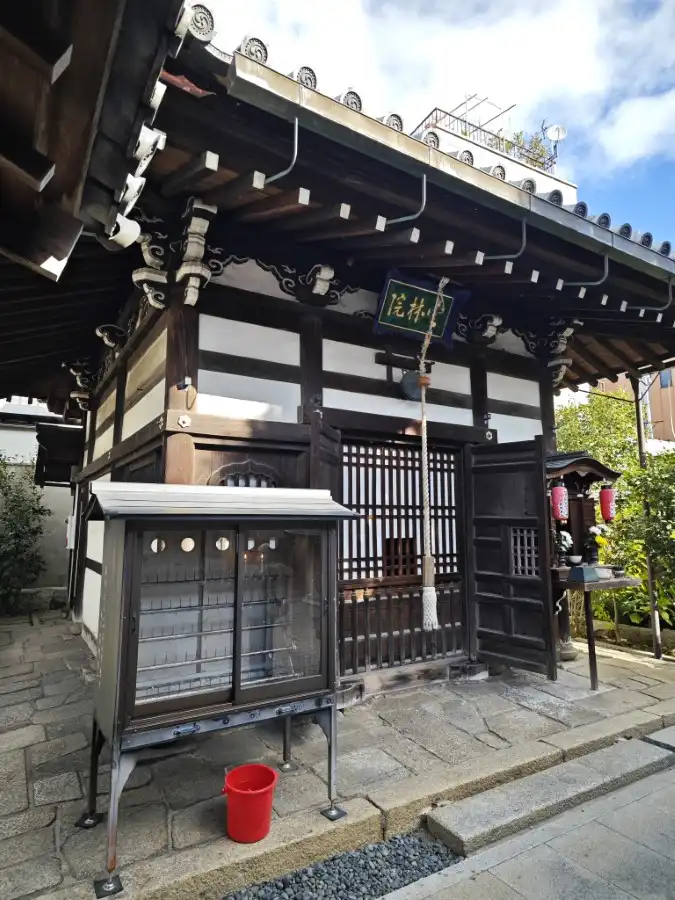
Unrin-in Temple (雲林院)
Today, Unrin-in Temple has only a small hall on the opposite side of the road from Daitokuji Temple and is virtually unvisited. However, this site is an important historical site in Murasakino Area during the Heian period. At that time, this area was a vast wilderness where hunting was conducted. Emperor Junna (reigned 823-833) built…
-

Graves of Murasaki Shikibu and Ono-no Takamura
Graves of Murasaki Shikibu and Ono-no Takamura is located in the former precincts of Unrin-in Temple. Today, Unrin-in is only a small hall and is one of the sub-temples of Daitokuji Temple. But it was a large and important temple in the Heian period. There are records that Murasaki Shikibu lived in Unrin-in, so it…
-
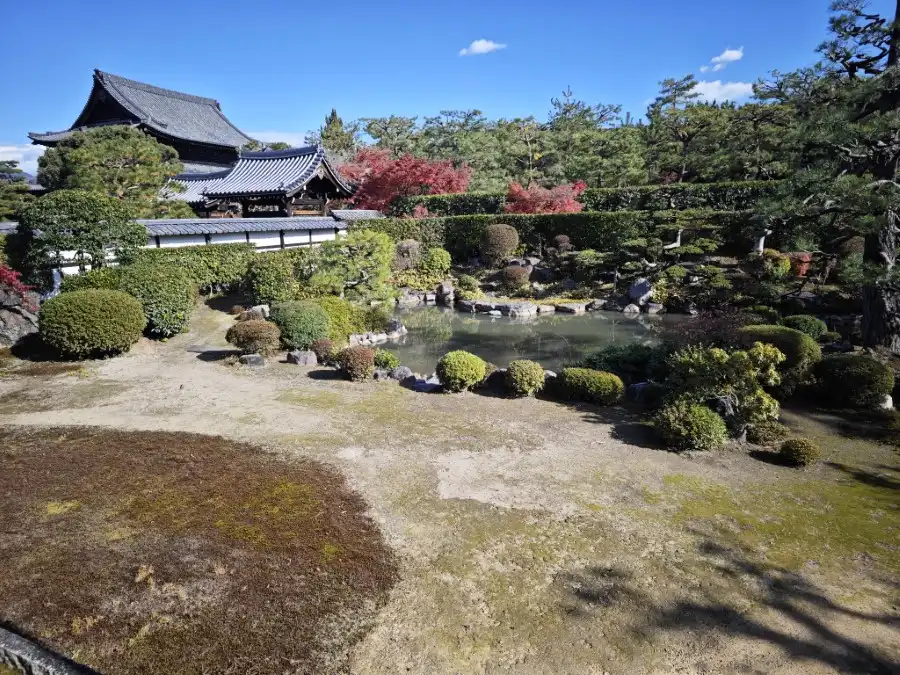
Kyushoin Temple (久昌院), Kenninji
Kyushoin Temple is one of the sub-temples of Kenninji Temple and is located in the precincts of Kenninji Temple. It is the family temple of the Okudaira clan, founded in 1608 by Nobumasa Okudaira. He was the first lord of the Kano Han. It is said that Kyushoin was named after Nobumasa’s Buddhist name. This…
-
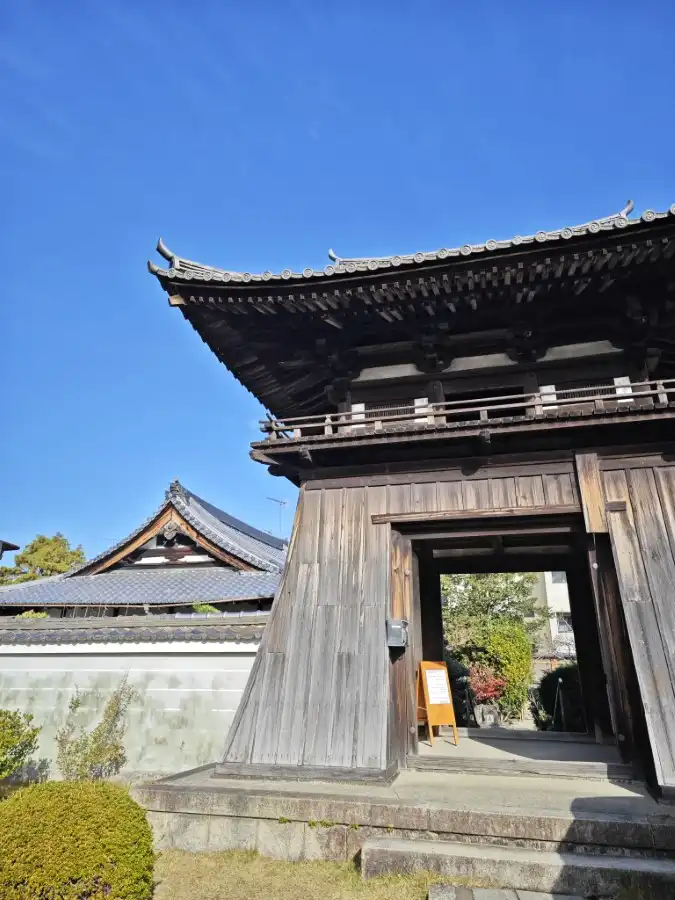
Manjuji Temple (萬寿寺)
Manjuji Temple, located near Tofukuji Station, is a temple of the Rinzai sect of Zen Buddhism. It is one of the sub-temple of nearby Tofukuji Temple. It was once one of the five temples (Gozan) of Kyoto, along with Tenryuji Temple, Shokokuji Temple, Kenninji Temple, and Tofukuji Temple. But it declined after a fire in…
-
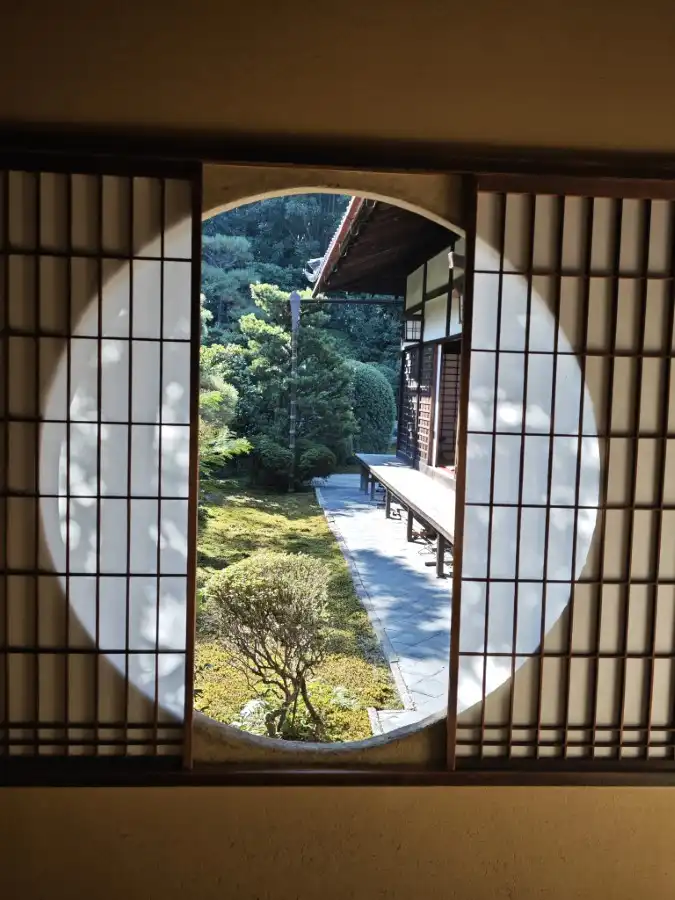
Fundain Temple (芬陀院), Tofukuji
If you are tired of the crowds at Tofukuji Temple, visit the nearby Fundain Temple, one of Tofukuji’s sub-temples. You can enjoy matcha green tea in front of a tranquil Zen garden. This temple is open to the public all year round. Fundain Temple is known as “Sesshu Temple” because of its famous garden by…
-
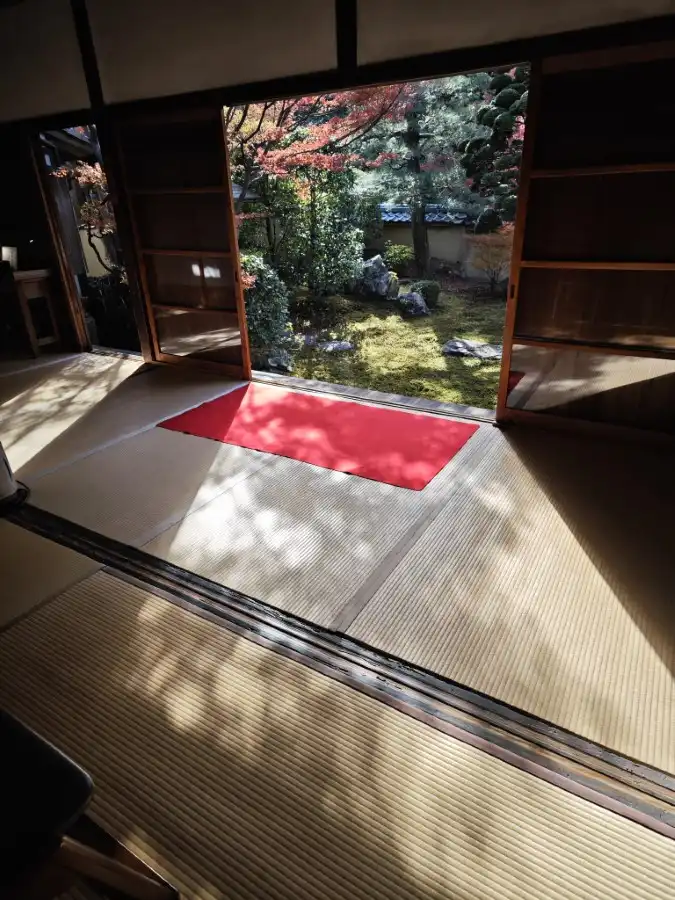
Tentokuin Temple (天得院), Tofukuji
Tentokuin Temple is one of the sub-temple of Tofukuji Temple. The temple was founded by monk Mumu Issei, the 30th abbot of Tofukuji Temple, during the Shohei Era (1346-1370) of the Northern and Southern Dynasties. At that time, the temple was one of the five important sub-temples of Tofukuji Temple and boasted of its prosperity.…
-
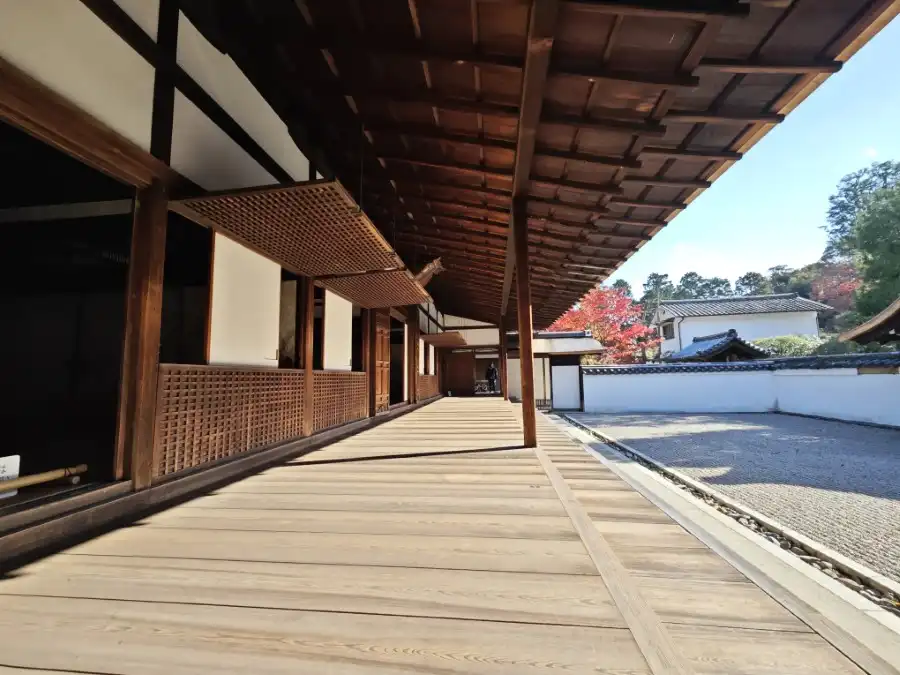
Ryogin-an, Tofukuji (龍吟庵)
Nestled near Tofukuji Temple, Kyoto’s Ryogin-an beckons with historic charm. Home to Daimin Kokushi’s residence, it boasts Japan’s oldest Hojo, a national treasure with elegant shoin-zukuri and shinden-zukuri styles. The Kaisando-Do holds Daimei Kokushi’s statue and remains, designated as Important Cultural Properties. Renowned for its three gardens, Shigemori Mirei’s creations captivate, from the ceremonial “Garden…
-
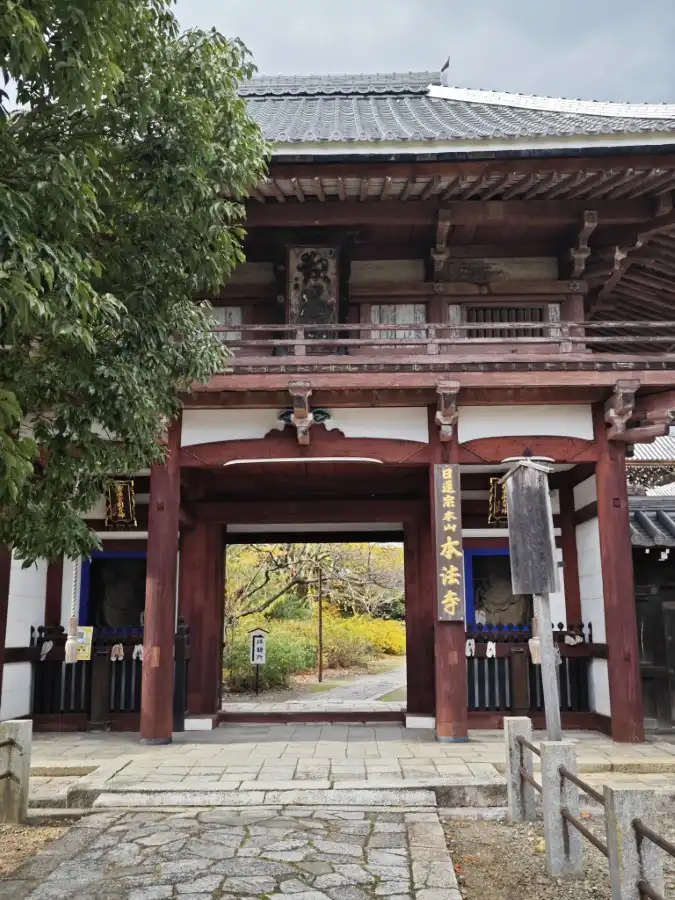
Honpouji Temple (本法寺)
If you are walking along Ogawa Dori in Kyoto, Honpouji Temple is the Niomon gate facing the street. It is a temple with a quaint appearance. Muromachi period Nisshin Shonin (1407-88), a Nichiren Shoshu priest active in the Muromachi period (1336-1573), founded Honpouji Temple. It is the head temple of Nichiren Shoshu. The exact date…
-
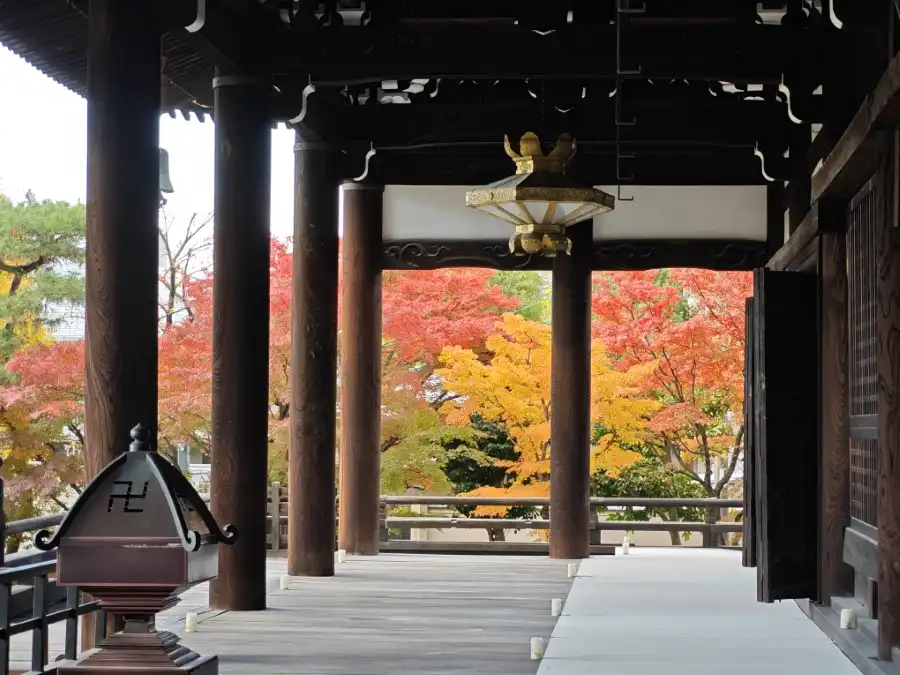
Myokenji Temple (妙顯寺)
Embark on a journey through history and spirituality at Myokenji Temple, the heart of Nichiren Shu in Kyoto’s Kamigyo-ku. Founded in 1321 by Nichizo, a missionary bestowed land by Emperor Godaigo, the temple became the fundamental Hokke school sanctuary in Kyoto. Despite challenges, including attacks by the Hieizan Enryakuji sect, the temple persevered. Today, Myokenji…
-
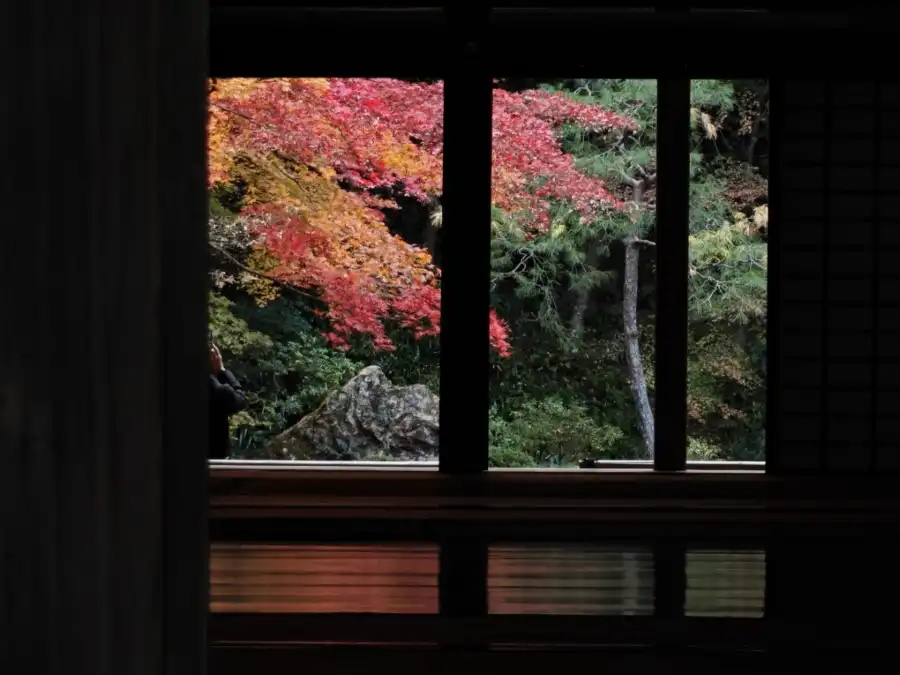
Nanzenin Temple, Nanzenji (南禅院)
Nanzenin Temple, nestled on a hill from Nanzenji Temple, Kyoto, bears historical significance as the former detached palace of Emperor Kameyama, who retired to become a Buddhist monk in 1289. The entrance, reached through the Suirokaku water bridge, unveils a serene hall and an enchanting garden. Designed in the late Kamakura period, the garden exudes…
-
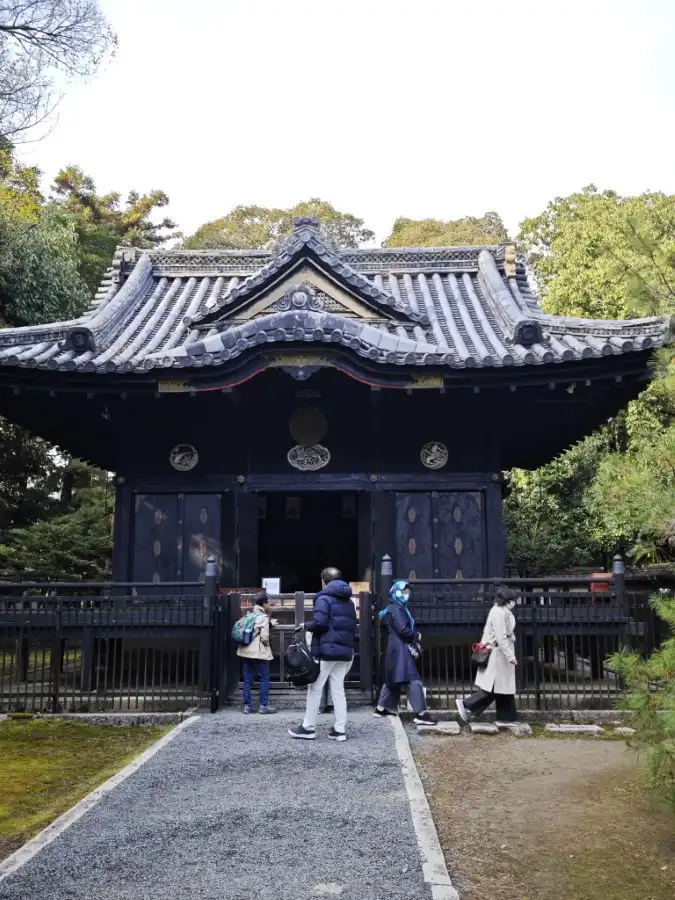
Konchi-in Temple, Nanzenji (金地院)
Nestled within Kyoto’s historic treasures, Konchi-in Temple, a sub-temple of Nanzenji, is a haven of rich history and cultural significance. Established in the early Edo period, it played a pivotal role in Tokugawa Ieyasu’s administration, earning the monk Ishin Suden the moniker “The Prime Minister in Black.” The temple boasts an Important Cultural Property, the…
-
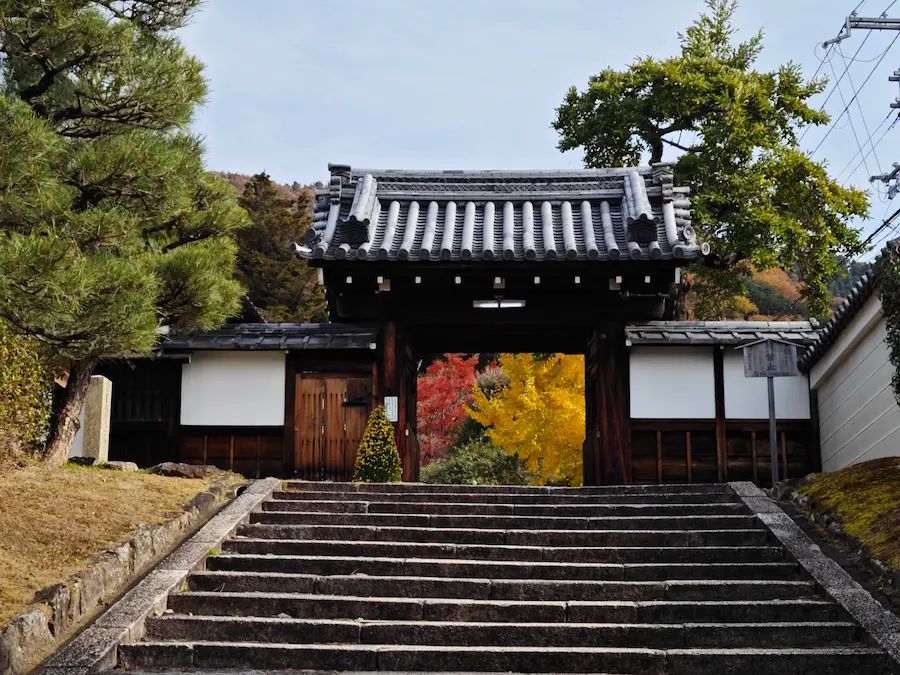
Reikanji Temple (霊鑑寺)
Nestled in Kyoto’s tranquility, Reikanji Temple unveils its splendor to the public for a fleeting two weeks, revealing a hidden gem seldom explored by foreign tourists. Founded in 1654, this Rinzai sect temple holds imperial lineage, its main hall a gift from Tokugawa Ienari. The exquisite Shoin, once an imperial palace, beckons with its tailored…
-
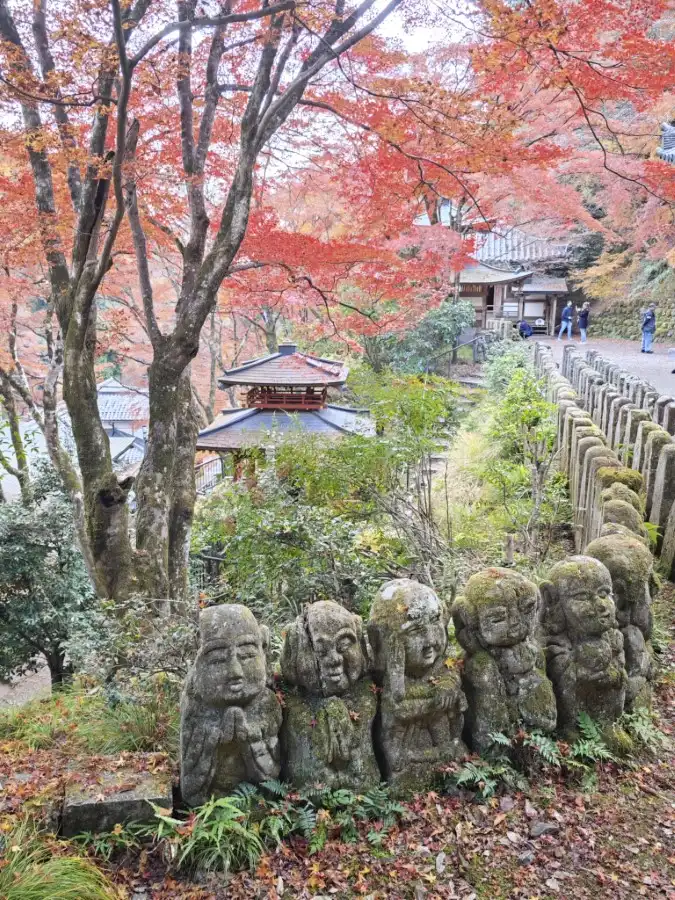
Otagi Nenbutsuji Temple (愛宕念仏寺)
Otagi Nenbutsuji Temple is often confused with Adashino Nenbutsuji Temple. But these two Nenbutsuji Temples are completely different temples. Adashino Nenbutsuji Temple is located in the middle of Saga Toriimoto Preserved Street, while Otagi Nenbutsuji Temple is further up the mountain, past the first torii of Atago Jinja Shrine. In the Nara Period (766), Emperor…
-
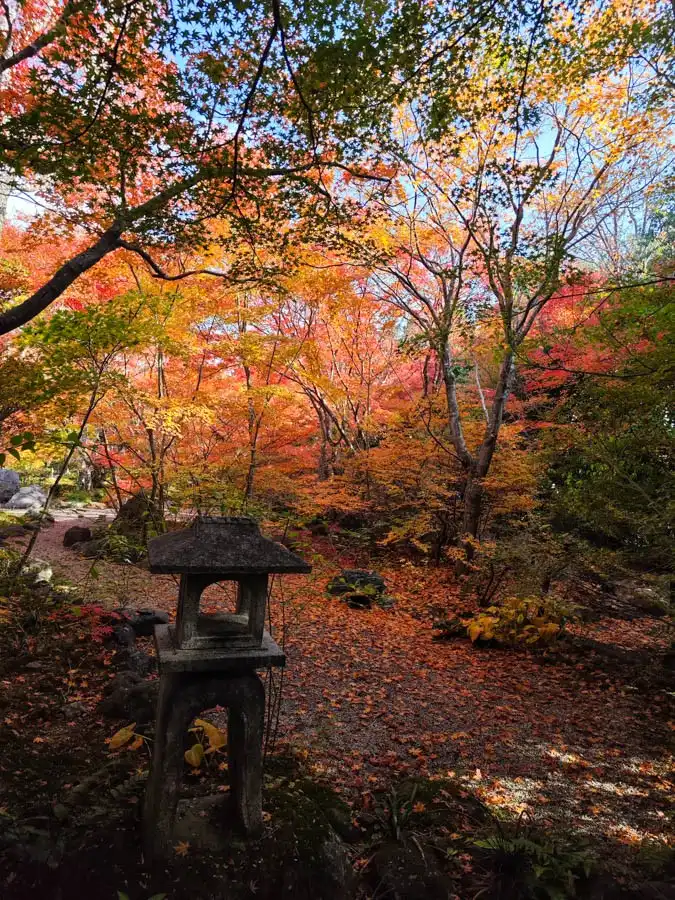
Houkyouin Temple (宝筐院)
Houkyouin is a temple of the Rinzai sect in Sagano, Kyoto. It is located near Seiryoji Temple, known as Saga Shakado. This temple is famous for its beautiful autumn leaves. Although it is an inconspicuous temple, it attracts a large number of visitors during the autumn foliage season. However, there are still very few foreign…
-
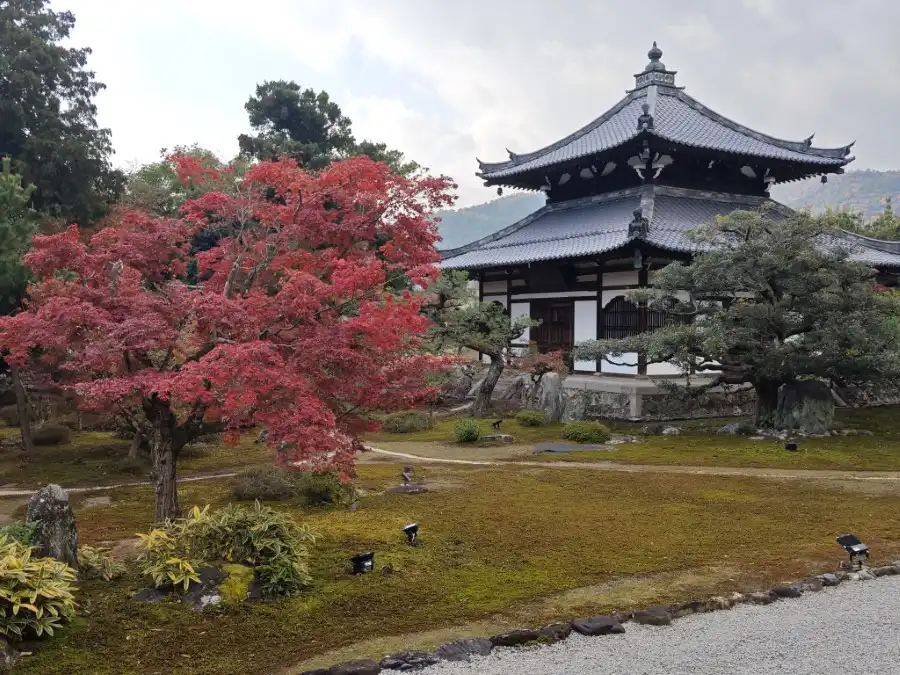
Rokuouin Temple (鹿王院)
Although not far from Arashiyama, where so many tourists visit, Rokuouin is a quiet temple where you will rarely see foreign tourists. Entrance gate The gate to enter the temple is a gabled gate with a tile roof. It is the only Zen temple gate with a main pillar rising to the ridge. The gate…
-
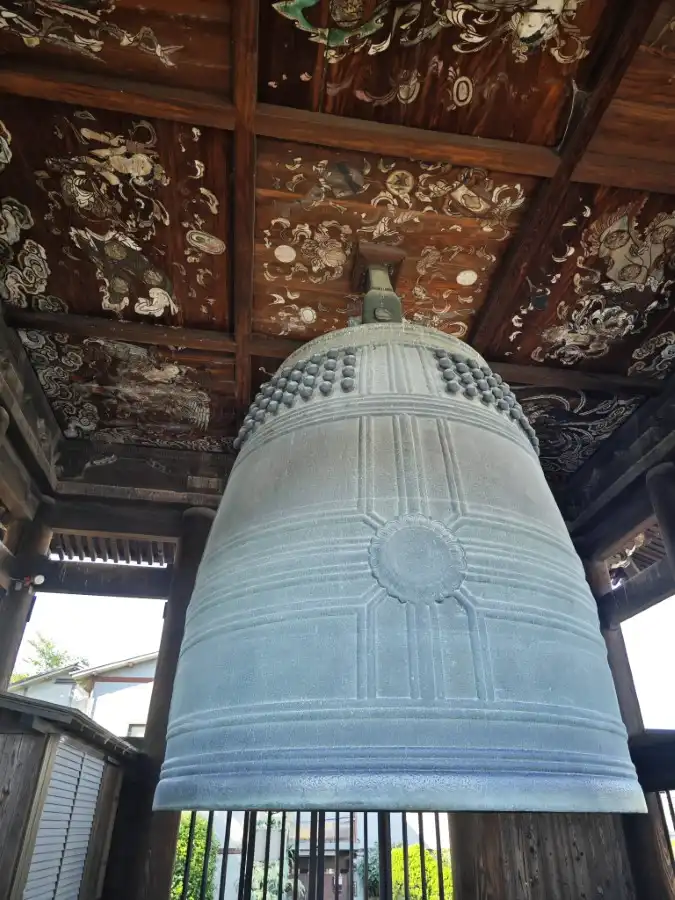
Hokoji Temple (方広寺)
The Daibutsuden (Great Buddha Hall) built by Toyotomi Hideyoshi once stood where Hokoji Temple stands today. It is believed to have been built to replace the Great Buddha Hall in Nara, which was destroyed in a war. At that time, the temple was not called Hokoji Temple, but rather a private facility of the Toyotomi…
-
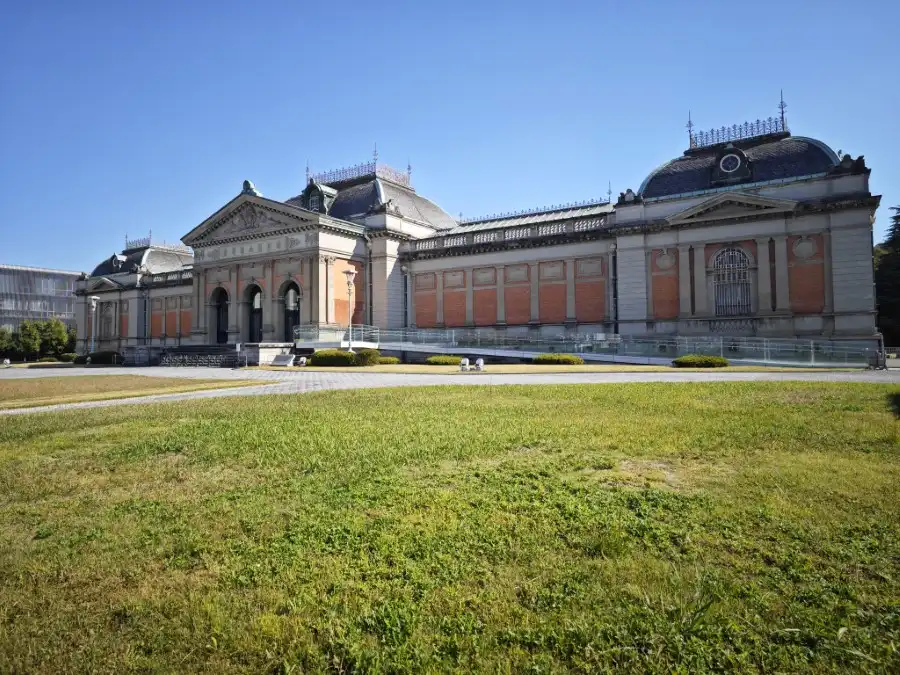
Kyoto National Museum (京都国立博物館)
The Kyoto National Museum was established to collect, house, and exhibit to the public tangible cultural properties as stipulated by the Law for the Protection of Cultural Properties. The museum also conducts related research, surveys, and other projects in order to preserve and utilize these valuable national assets.Source: Museum’s Official WEB site This museum opened…
-
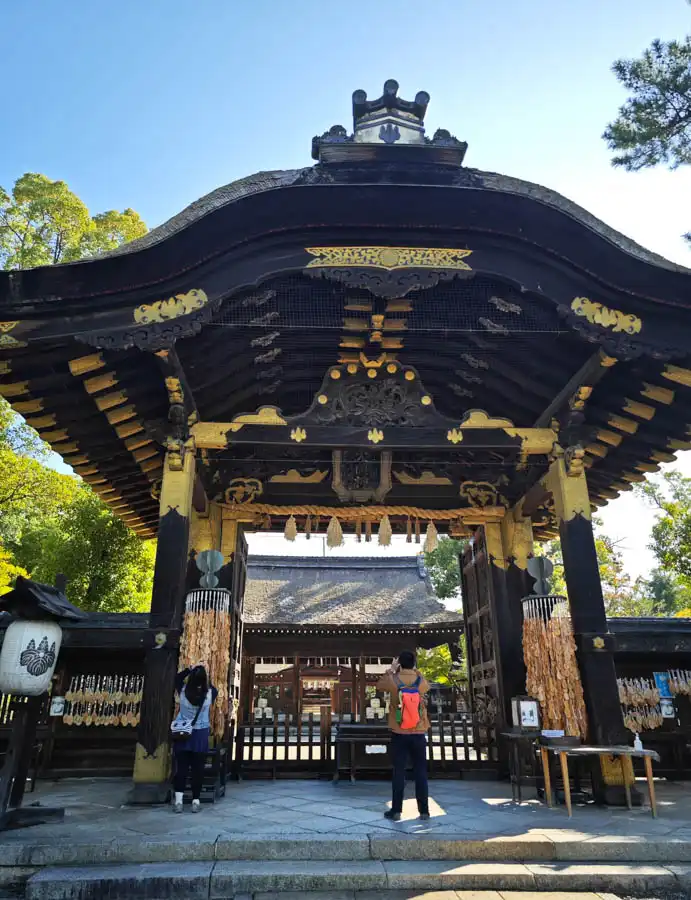
Toyokuni Jinja Shrine (豊国神社)
The head shrine of Toyokuni Jinja Shrines in Japan, which enshrine Toyotomi Hideyoshi. It is a god of success in life and the fulfillment of good marriage. This shrine was originally located halfway up Amidagamine. However, the Tokugawa Shogunate abandoned it after the fall of the Toyotomi family. In 1880, the Meiji government rebuilt the…
-
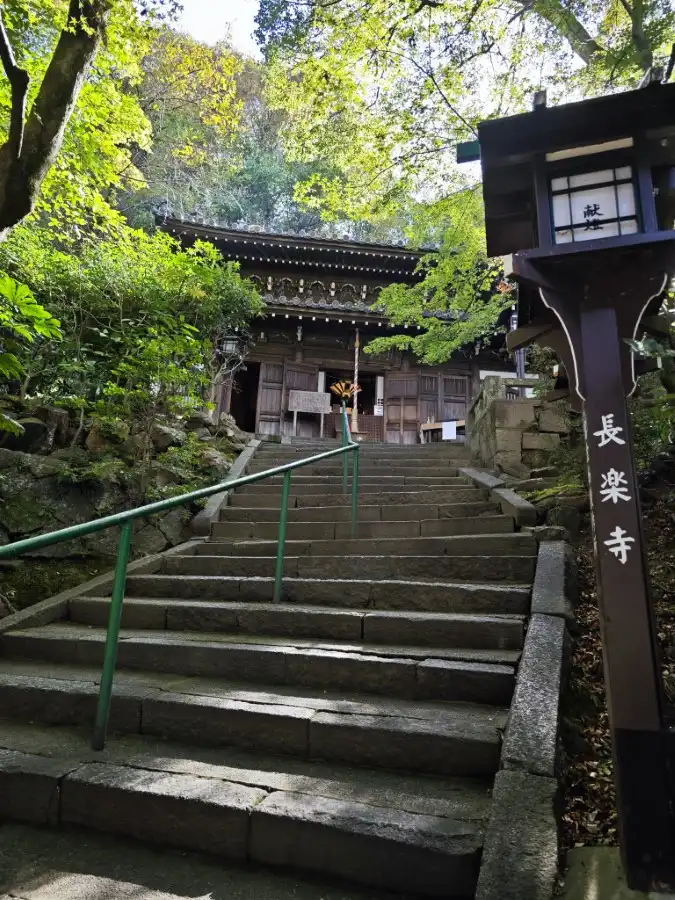
Chorakuji Temple (長楽寺), Kyoto
Chorakuji, a captivating temple in Kyoto, beckons foreign tourists with its enchanting blend of history and spirituality. Nestled amidst Kyoto’s picturesque landscapes, Chorakuji boasts awe-inspiring architecture and serene gardens. Visitors are invited to explore the rich tapestry of Japanese culture through the temple’s symbolic elements and ancient rituals. The tranquil ambiance provides a unique opportunity…
-
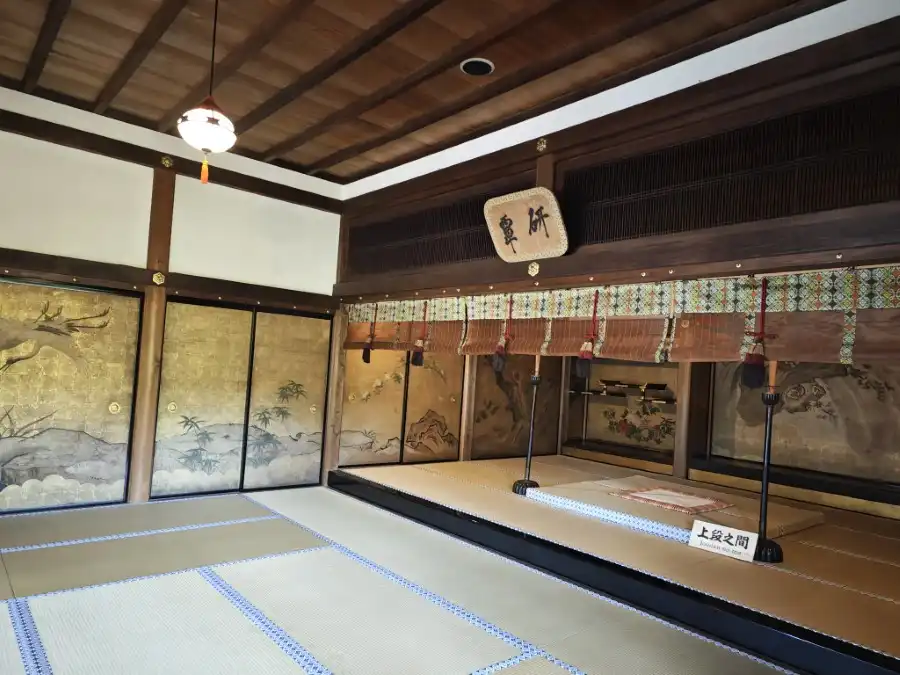
Shougoin Monzeki (聖護院門跡)
The history of Shougoin dates back to 1090. When High Priest Zoyo, who served as a forerunner to Emperor Shirakawa’s visit to Kumano, received the temple. Emperor named it “Shogoin” after his achievement of “protecting the Eucharist”. The temple was later moved from place to place in Kyoto due to warfare and fire, but was…
-
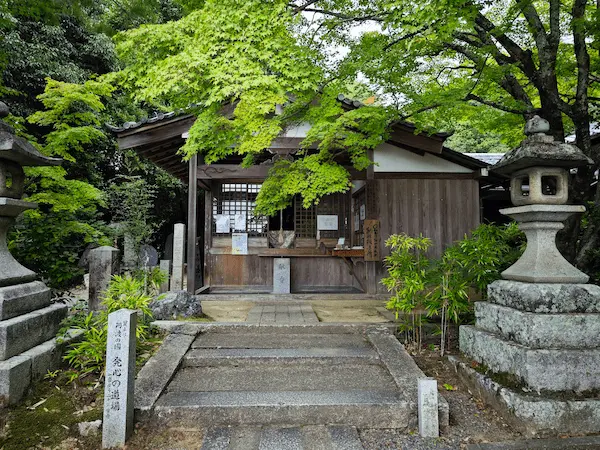
88 sacred temples Pilgrimage in Omuro (御室八十八ヶ所霊場)
Behind the Ninnaji Temple, there is a mountain path called Omurojojusan, which is dotted with 88 small Buddhist temples. Ninnaji Temple manages this route. In the Edo period (1603-1868), it was difficult to visit the 88 sacred sites on Shikoku. So in 1827, the 29th Monk of Ninnaji Temple made a request to bring back…
-
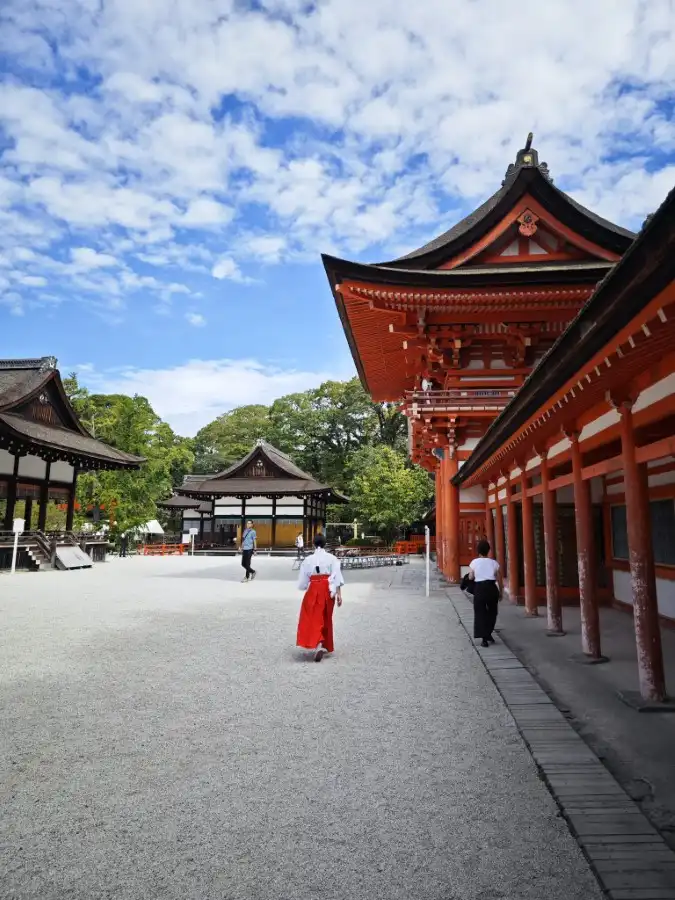
Shimogamo Jinja Shrine (下鴨神社)
Shimogamo Jinja Shrine, together with Kamigamo Jinja Shrine, is definitory one of the most important shrines in Kyoto. Although it doesn’t have an outstanding photo spot like the vermilion torii gate of Fushimi Inari Shrine, its ancient history and forested environment are worth mentioning. In addition, 31 buildings, including the tower gate, dance hall, kimono…
-
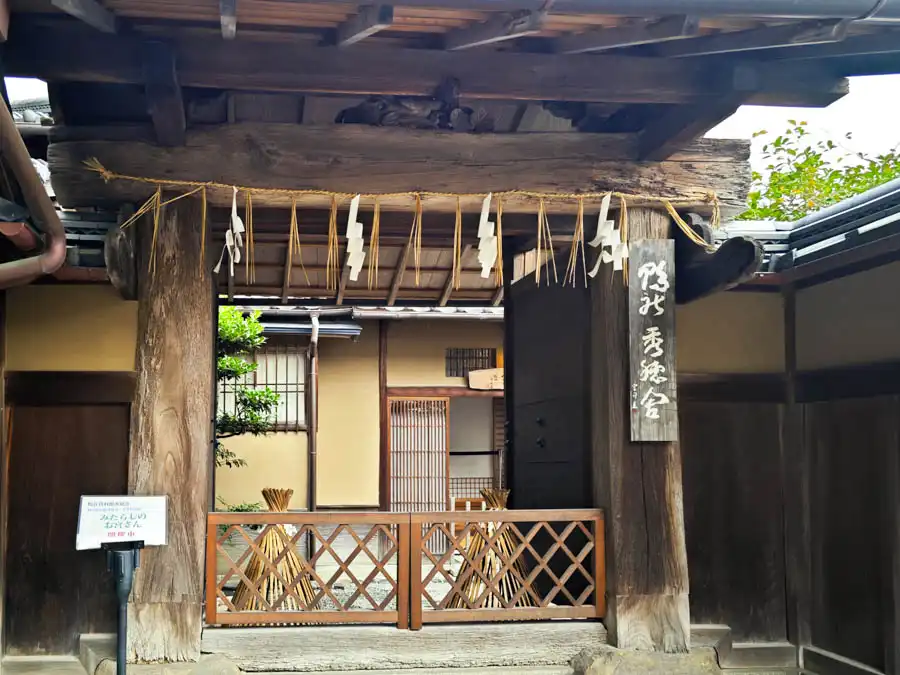
Shusuisha (秀穂舎)
In Shimogamo Miyakawacho (south of Shimogamo Jinja Shrine), there is the Old Asada Family Residence. This is a remnant of “Shake” built in the middle of the Edo period. Currently, the “Shake” building has been maintained and is open to the public as the Kamosha Museum/Shusuisha.” Google map “Shake” refers to the houses of the…
-
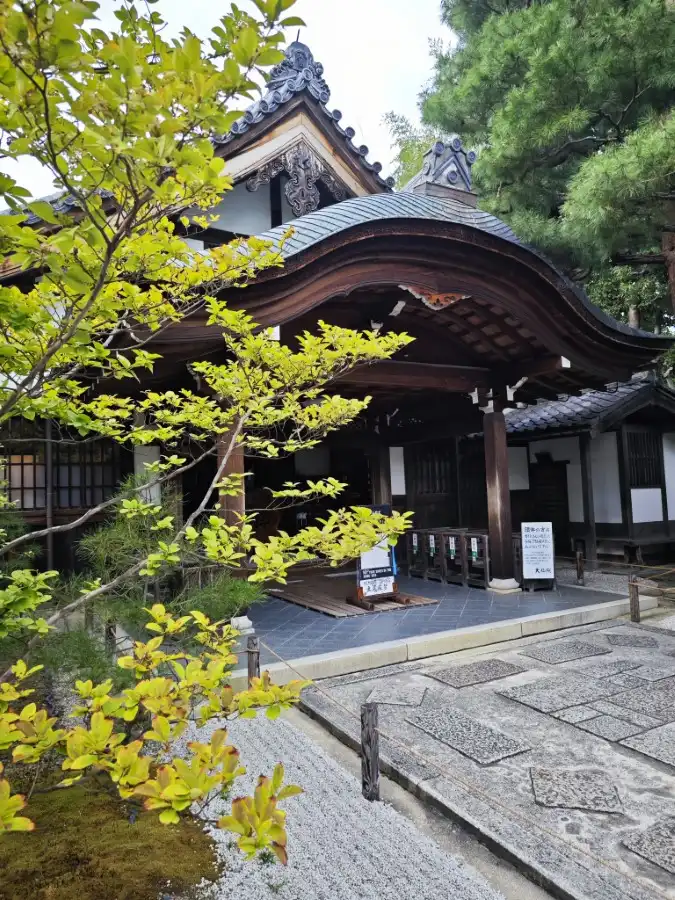
Daisen-in (大仙院), Daitokuji
Daisen-in is the most important sub-temple of Daitokuji Temple. In 1509 Rokkaku Masayori founded Daisen-in. The main hall is the original building. It is one of the oldest remaining Zen sect hojo buildings and is a national treasure. Shoin is an important cultural property. The garden is said to be a rock garden representing Karesansui…
-

Obai-in temple (黄梅院), Daitokuji
Obai-in temple’s gardens are must see if you have chance. This temple is a real hidden gem in Kyoto. Oda Nobunaga built Obai-an in 1562 as a memorial service for his father, Oda Nobuhide. And it is one of the sub-temples of Daitokuji Temple. After Nobunaga’s sudden death due to the Honnouji Incident, Hideyoshi Hashiba…
-
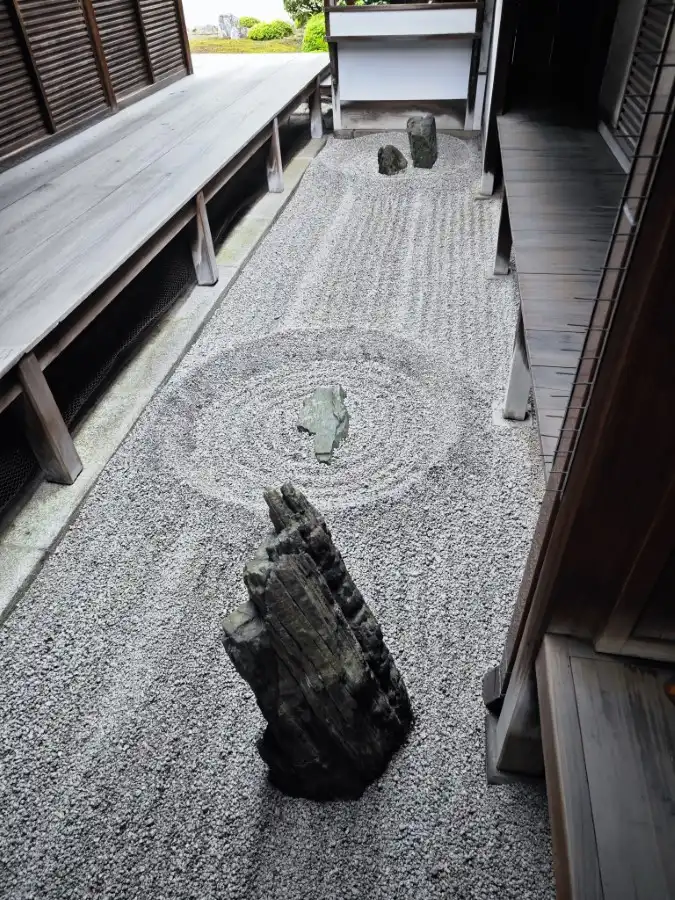
Ryogen-in (龍源院), Daitokuji
Ryogen-in is a sub-temple of Daitokuji Temple. This temple was founded in 1502 by Yoshimoto Hatakeyama, Yoshinaga Otomo, and Yoshioki Ouchi. It is the oldest sub-temple of Daitokuji Temple. This temple is usually open to the public. The original buildings, the Hojo, Karamon, and Omotemon, are important cultural properties. Kyoto City Official Travel Guide Ryogen-in…
-
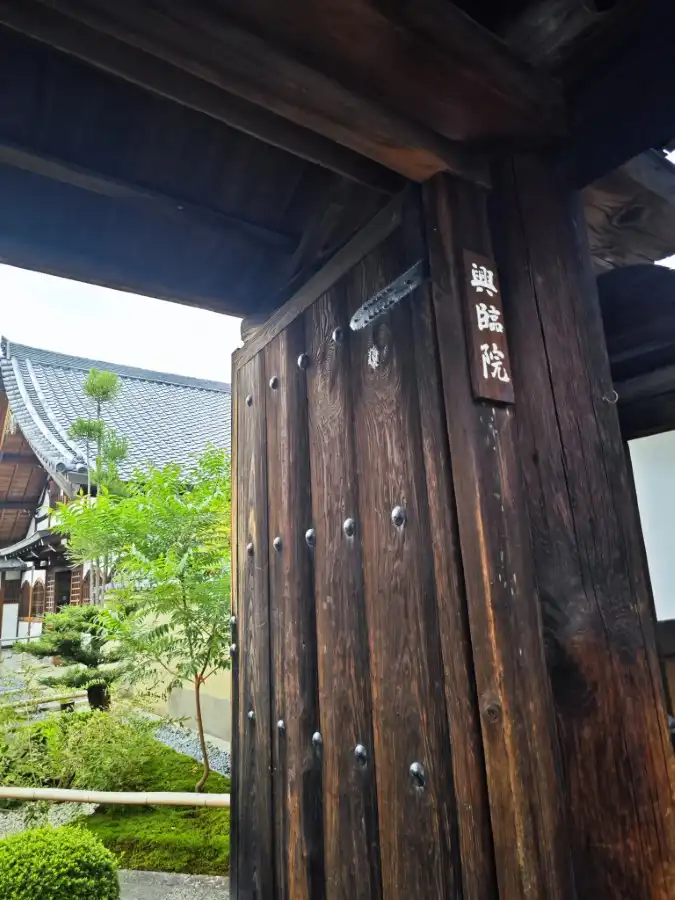
Korin-in (興臨院), Daitokuji
Discover the hidden beauty of Korin-in Temple, a sub-temple of Daitokuji, exclusively open on special days. Established in the 1520s by the Noto Hatakeyama clan, the temple boasts a rich history and cultural significance. The main hall and gates, including the ancient Karamon gate, are cherished cultural properties. Renovated by Toshiie Maeda in 1581, it…
-
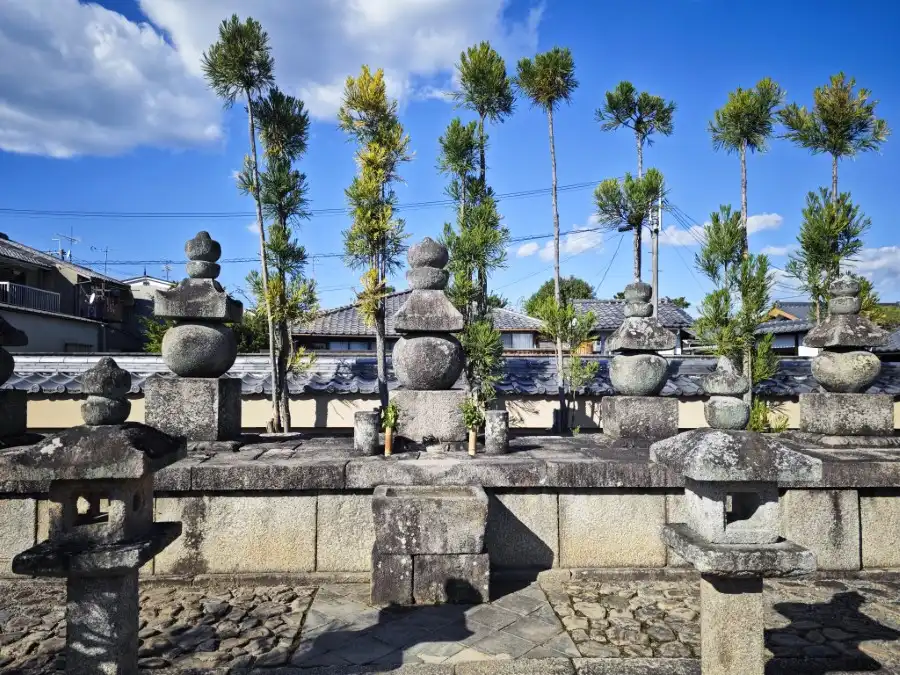
Soken-in (総見院), Daitokuji
Soken-in Temple is a sub-temple of Daitokuji Temple. Toyotomi Hideyoshi built Soken-in Temple in 1583 as a memorial to Oda Nobunaga, who fell in the Honnouji Incident. Toyotomi Hideyoshi was the man who united Japan after the death of Oda Nobunaga, following his legacy. In the main hall is a wooden seated statue of Lord…
-
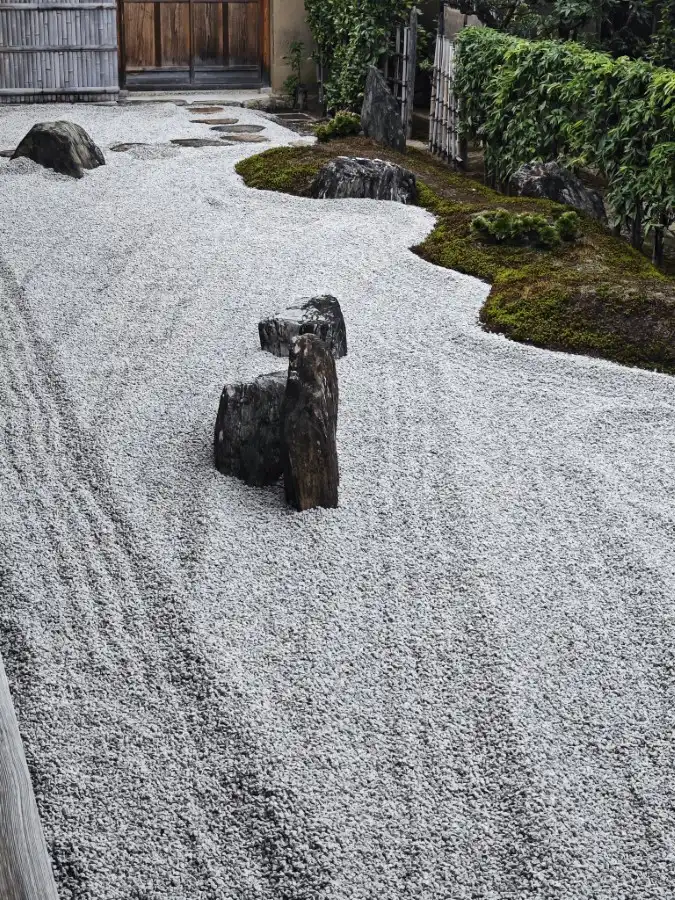
Zuiho-in (瑞峯院), Daitokuji
Zuiho-in is a sub-temple of Daitokuji Temple. This temple is usually open to the public. In 1535, Otomo Sorin, known as a Christian daimyo, built Zuiho-in as the family temple of the Otomo family. The guest hall, front gate, and Karamon gate that remain from the time of its construction are important cultural properties. The…
-
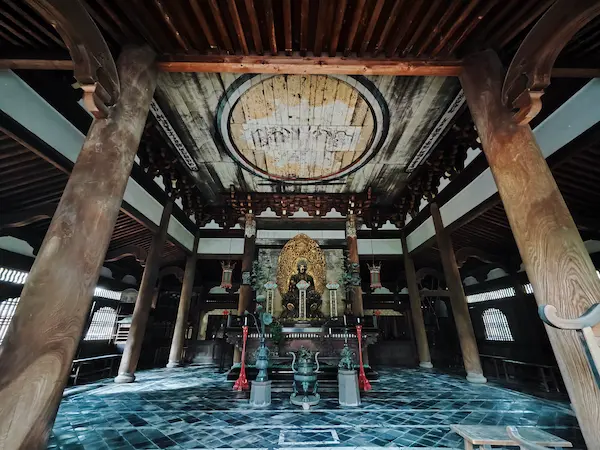
Daitokuji Temple (大徳寺)
The best time to visit Daitokuji is in the fall. Many sub-temples are open to the public in this season. History of Daitokuji Temple Daitokuji Temple is the head temple of the Daitokuji School of the Rinzai sect of Zen Buddhism. It was founded in 1315 at the end of the Kamakura period. Onin War…
-
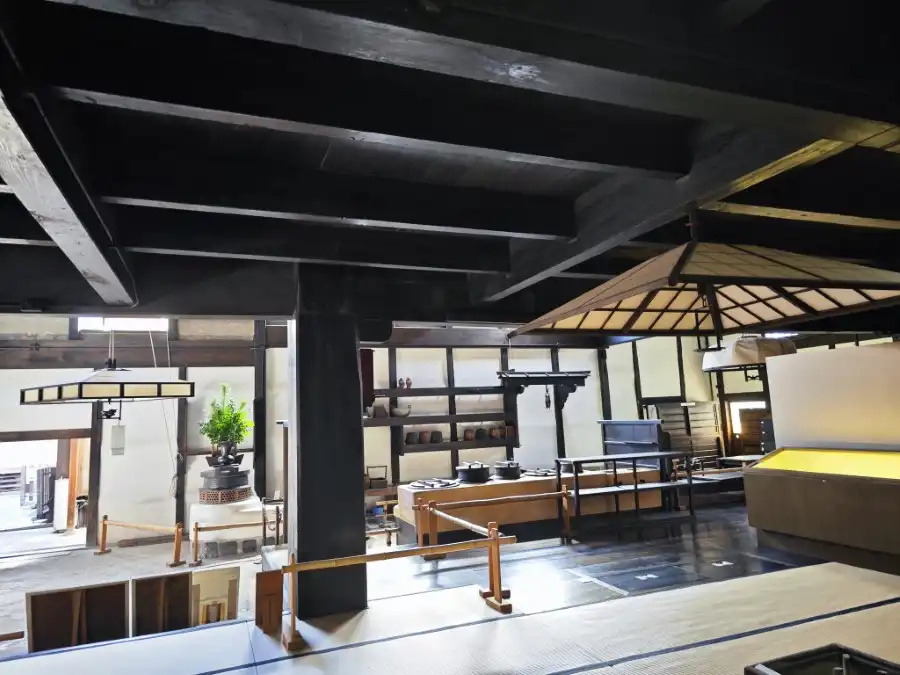
Sumiya (角屋) in Shimabara
Sumiya is an ageya (restaurant/feast facility) that once operated in Kyoto’s Shimabara red-light district (present-day Shimogyo Ward, Kyoto City). Its building has been designated as a national important cultural property. It has been open to the public as the Sumiya Hospitality Culture Museum since 2011. Currently, only the first floor is open to the public.…
-
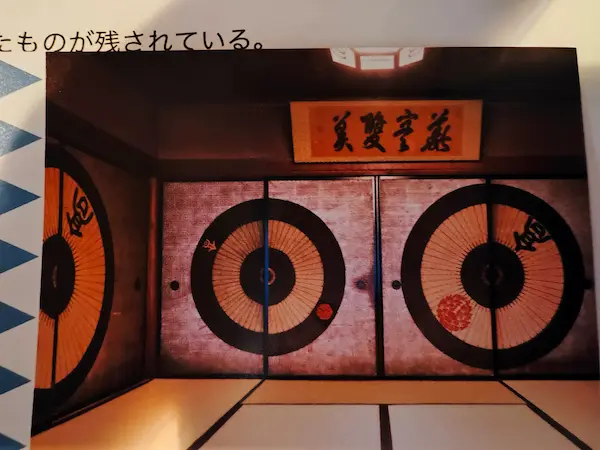
Wachigaiya (輪違屋)
Wachigaiya is usually closed to the public. Shimabara was the only prestigious red-light district in Kyoto that was officially recognized by the Shogunate. Wachigaiya continues to operate today and is the only tea house/okiya in Japan that has its own Tayu. An okiya is like a production house where maiko and geiko are housed, trained,…
-
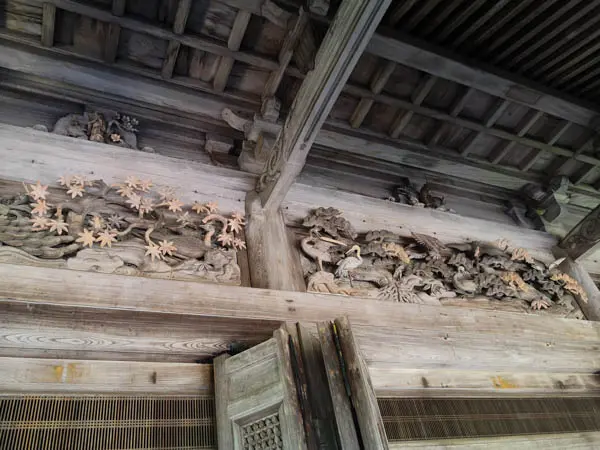
Shorinin Temple (勝林院) in Ohara
Jakugen founded the Shorinin Temple in 1013 as a place to practice Nembutsu (Buddhist chanting) through Shomyo (Buddhist chanting). After the construction of nearby Raigoin Temple about 90 years later, many monks’ quarters surounded the two temples. These temples became a center for many monks to study and practice shomyo (Buddhist chanting). Thus, the temple…
-
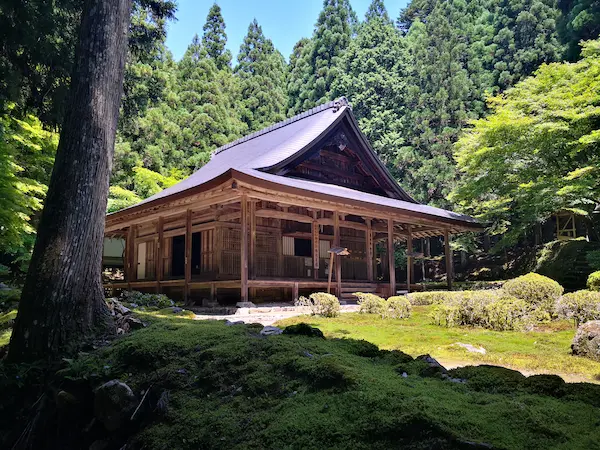
Raigoin Temple (来迎院) in Ohara
Jikaku Daishi Ennin founded the Raigoin Temple in the early Heian period as a center for Tendai Shomyo (Tendai Buddhist chanting). In 1109, Ryonin rebuilt the temple. The reconstruction of the temple resulted in the establishment of the Lower Hall, with Shorinin as the main building, and the Upper Hall, with Raigoin as the main…
-
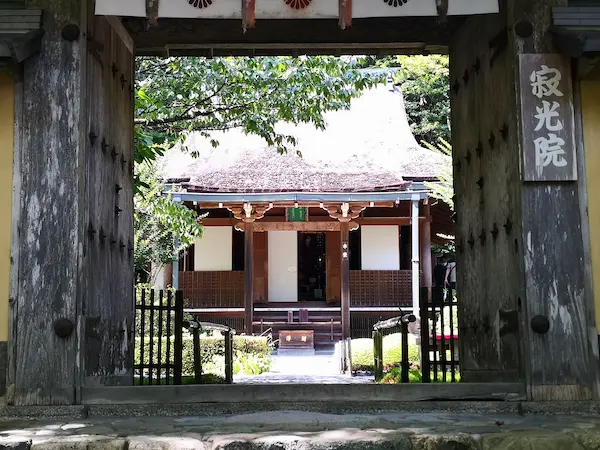
Jakkoin Temple (寂光院) in Ohara
Jakkoin Temple in Ohara is a nunnery of the Tendai sect of Buddhism. This is the temple where Kenreimonin, daughter of Taira no Kiyomori, spent the rest of her life. History of Jakkoin Temple In 594 Prince Shotoku built the temple to mourn the loss of his father, Emperor Yomei. The first abbot was Tamateru…
-
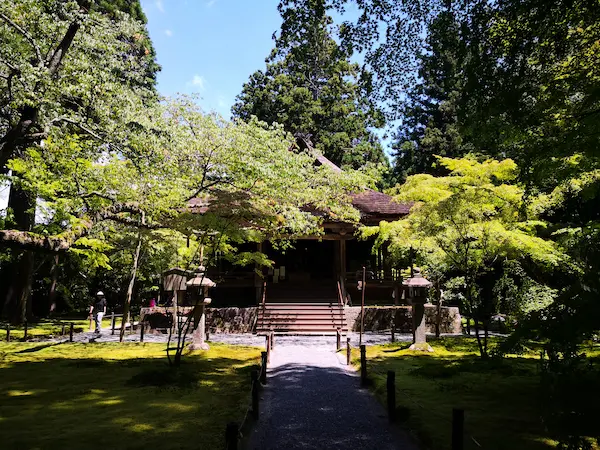
Sanzenin Temple (三千院) in Ohara
Sanzenin Temple was originally built by Saicho during the Enryaku era (782-806) in the Toto Minamidani (東塔南谷) on Mt. Hiei. Since the late Heian period, the temple has been a monzeki, with the prince and imperial family serving as abbots. The location of the temple has moved several times over time, from within Hieizan to…
-
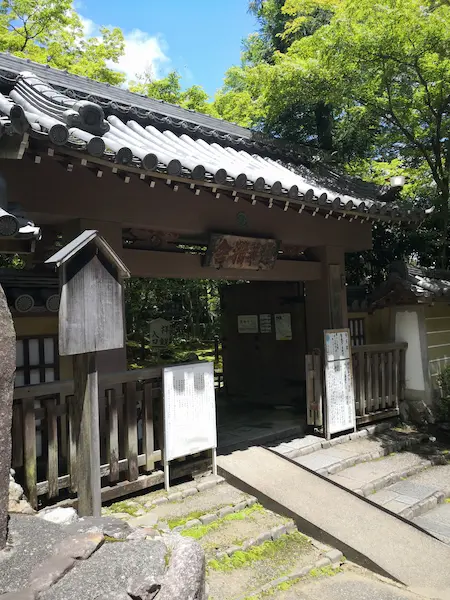
Danrinji (檀林寺)
Near the Gioji Temple, you can find another temple with the tablet of “Danrinji Monzeki”. This is a fake temple constructed in 1964. And it borrowed a name from a historical temple. Original Danrinji Temple disappeared in the middle of Heian period (check it on Wikipedia). Current Danrinji is not even a reconstruction of the…
-
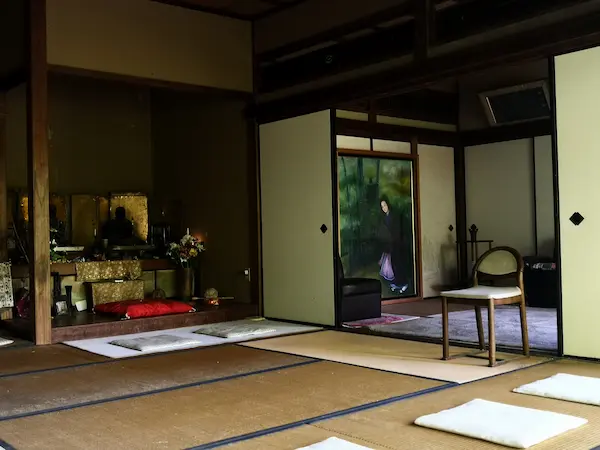
Takiguchidera Temple (滝口寺)
Takiguchidera Temple is a very small temple next to Gioji Temple in Saga area. This temple began as the Oujo-in temple in the Heian period. The temple was abandoned during the Meiji period due to the abolition of Buddhism. It was rebuilt together with Gioji Temple in the Showa period. This temple is famous for…
-
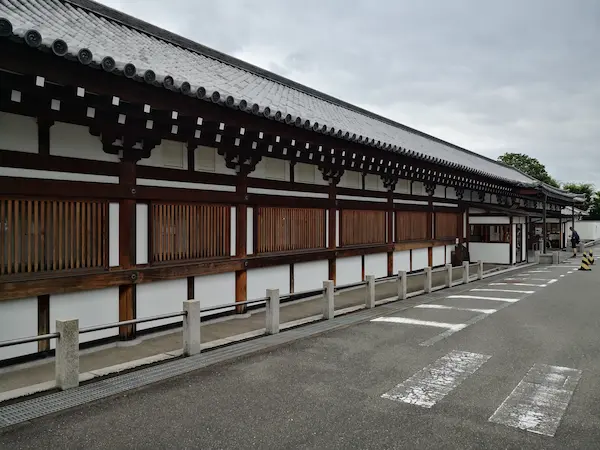
Sanjusangendo Temple (三十三間堂)
Sanjusangendo is a temple of the Tendai sect located in Higashiyama-ku, Kyoto. Its official name is Rengeoin Hondo (蓮華王院本堂). It is not an independent temple, but the nearby Myohoin Temple administer it. Taira no Kiyomori built this long hall in 1164 under the order of Goshirakawa Joko (ex-emperor). It was later destroyed by fire. But…
-
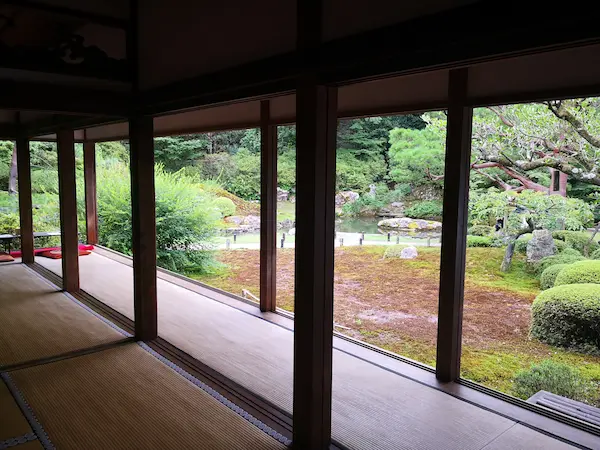
Shorenin Monzeki (青蓮院門跡)
Shorenin Monzeki is one of the three monzeki of Enryakuji Temple on Mt. Hiei (other two is Sanzen-in and Myoho-in). It is now one of the five Kyoto Monzeki of the Tendai sect. It originated from Shorenbo, a monk’s abode on Mt. Hiei, which at that time was the residence of Saicho, Ennin, and other…
-
Gion Matsuri Festival (祇園祭)
Gion Matsuri stands as a cornerstone of Kyoto’s summer traditions, boasting over a millennium of rich heritage. From the dazzling yamaboko parades to the solemn mikoshi processions, the festival offers an abundance of captivating experiences. If you find yourself in Kyoto, immersing yourself in the vibrant tapestry of this traditional and historical festival is an…
-

Byodoin Temple (平等院)
Byodoin Temple in Uji represents the beauty of Heian Period. It is a Buddhist temple located in Uji City, south of Kyoto City. It is one of the best preserved national treasures in Japan and a World Heritage Site. (Official WEB site) Byodoin was built in the south of Heian-kyo during the mid-Heian period. The…
-
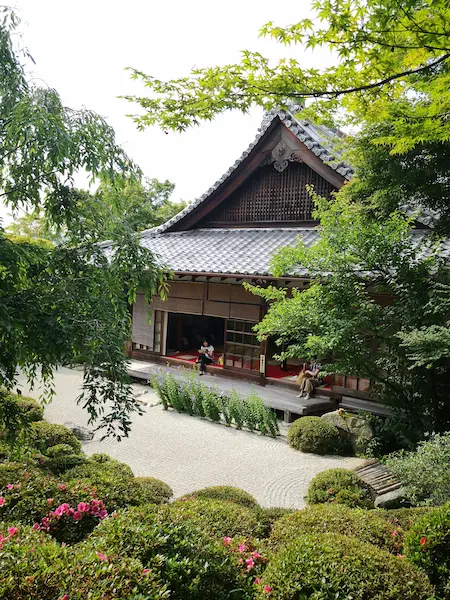
Konpukuji Temple (金福寺)
Explore Konpukuji Temple, a haven for Haiku enthusiasts in Kyoto. Founded in 864 and later revitalized by monk Tesshu in the Edo period, it’s a sacred site for Nanzenji Rinzai Zen Buddhism. Renowned poet Matsuo Basho and Tesshu forged a deep bond here, with a hermitage, “Basho-an,” as testimony. Discover the historic “O-no-Mizu” well and…
-
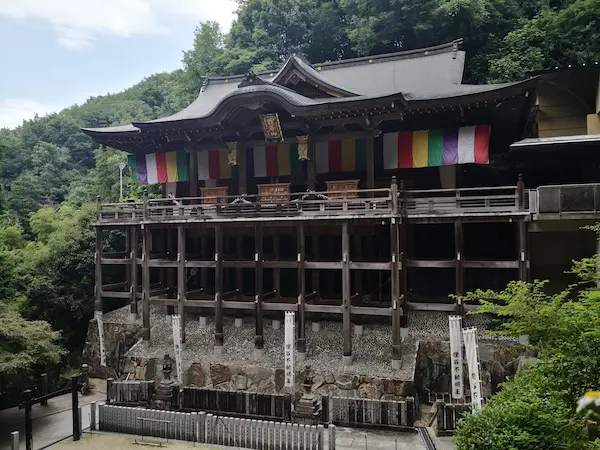
Tanukidani-san Fudō-in Temple (狸谷山不動院)
Tanukidani-san Fudoin is the head temple of Shugendo, the Shingon sect of Buddhism, located in Ichijoji, Sakyo-ku. The main hall of the temple, built in the Kengai-zukuri style (stage style), is located up the hill from Shisen-do Hall and 250 more steps. Templs’s official WEB site The origin of the Temple dates back to the…
-
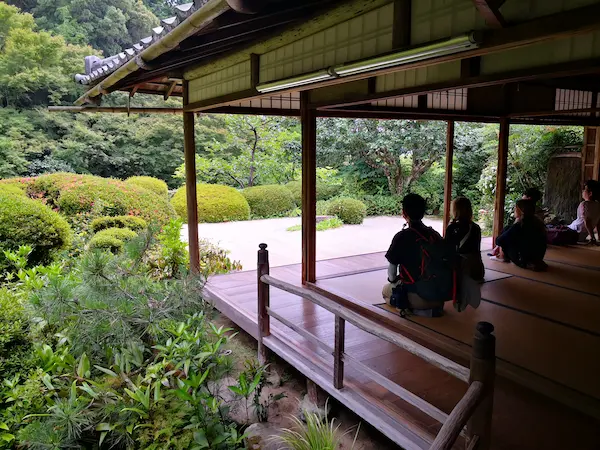
Shisendo Jozanji (詩仙堂丈山寺)
Shisendo is a branch temple of Eiheiji Temple of the Soto sect of Buddhism, where Ishikawa Jozan lived until his death in 1672 at the age of 90. Ishikawa participated in the Battle of Sekigahara in 1600. And quit the warrior’s life after the Summer Battle of Osaka in 1614. Afterwards, Ishikawa wrote poems on…
-
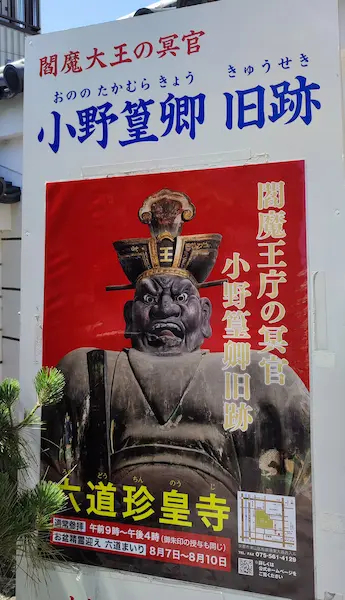
Rokudo Chinnoji (六道珍皇寺)
Rokudo Chinnoji Temple is one of the sub-temples of Kenninji Temple. The main deity is Yakushi Nyorai, but the temple is known for its statues of Ono-no Takamura and King Enma. We cannot take photos of these statues unfortunately. Do you like to see the entrance to under world? Rokudo Chinnoji Temple is the place.…
-
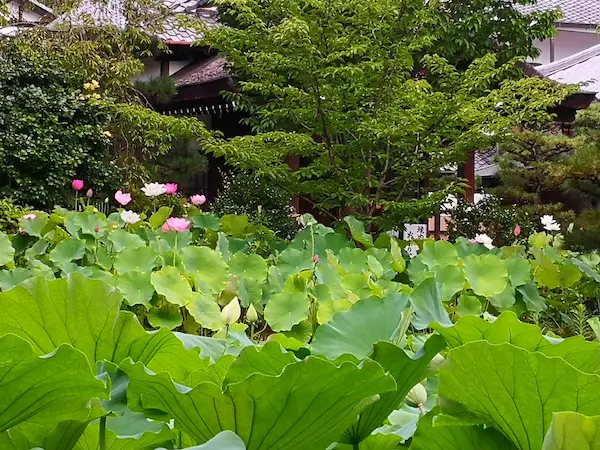
Houkongoin Temple (法金剛院)
Only local people know the flower temple Houkongoin. It is a temple of the Ritsu sect of Buddhism. The Ritsu sect is represented by Toshodaiji temple in Nara, but there are only a few temples. (Temple’s official WEB site) Hokkongoin is located right in front of JR Hanazono Station, making it a very accessible temple.…
-
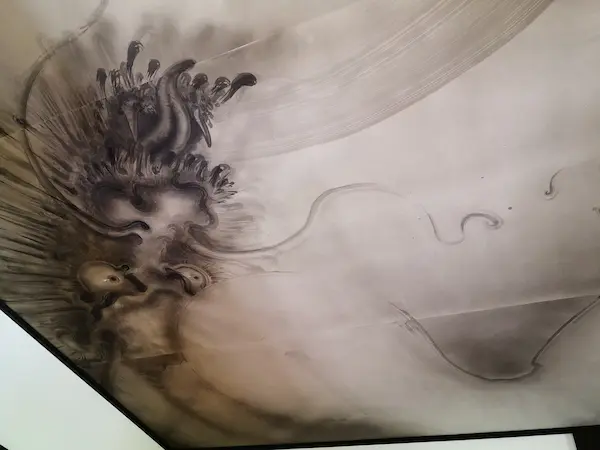
Reigen-in Temple (霊源院)
Reigen-in is one of the sub-temples located in the southeast of the Kenninji temple grounds. It was founded in the Ouei era (1394-1428) by Ryuzan Tokumi, a monk who was invited to found the temple, and his disciple Ichian Ichirin. Reigen-in Temple was the academic core of Kenninji Temple and produced many of the leading…
-

Shoden Eigen-in Temple (正伝永源院)
Shoden Eigen-in is a sub-temple of Kenninji Temple, the head temple of the Rinzai sect of Buddhism. In the Kamakura period, when the temple was founded, there were two temples, Shoden-in and Eigen-an. However, during the confusion caused by the abolition of Buddhism in the Meiji period (1868-1912), Eigen-an was unfortunately uninhabited and was immediately…
-
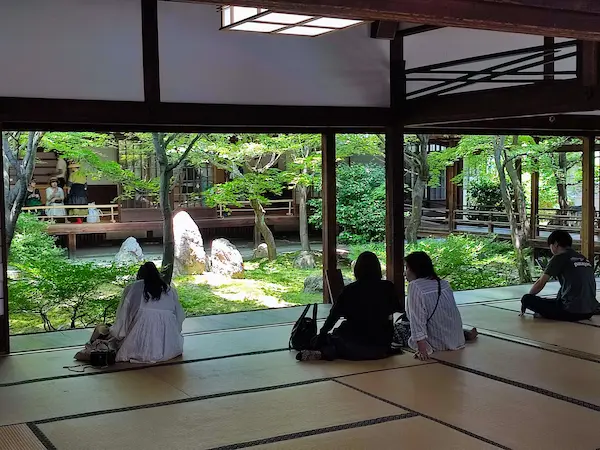
Kenninji Temple (建仁寺)
When you visit Kenninji Temple, please sit on tatami mat and see the tranquil Choontei Garden. You can simply relax or meditate as time goes by. In 1202, Minamoto no Yoriie, the second shogun of the Kamakura period, donated the temple area and founded the Kenninji Temple. Eisai designed the temple, modeling it after Hyakjōzan…
-
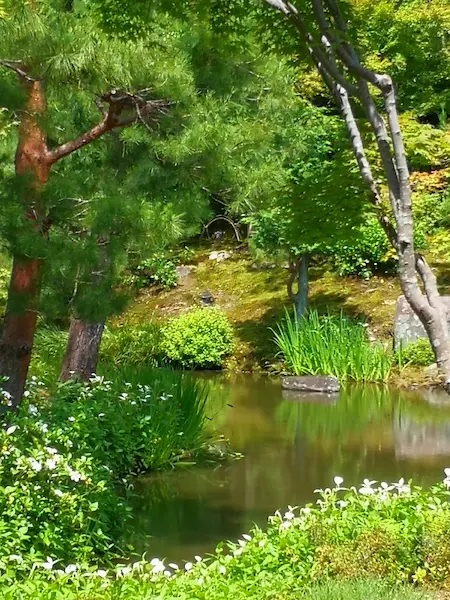
Toji-in Temple (等持院)
History Toji-in Temple is a temple of the Tenryuji school of the Rinzai sect of Zen Buddhism. Although the temple has a long history and is close to Kinkakuji Temple and Ryoanji Temple, it is quiet tourists rarely visit here. Ashikaga Takauji, the first shogun of the Muromachi Shogunate, invited the monk Muso Kokushi and…
-
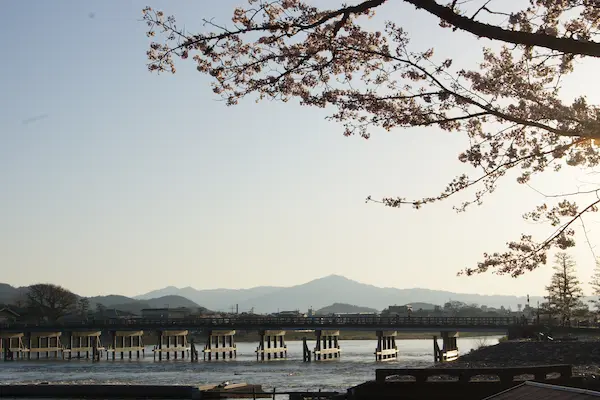
Togetsukyo Bridge (渡月橋)
The Togetsukyo Bridge spans the Katsura River. It’s always crowded with tourists, but the view from here is spectacular. No wonder so many travelers come here. It is said that the bridge was first built by the monk Dosho during the Shōwa period (834-848). And a wealthy merchant Sumunikura Ryoi built the bridge in its…
-
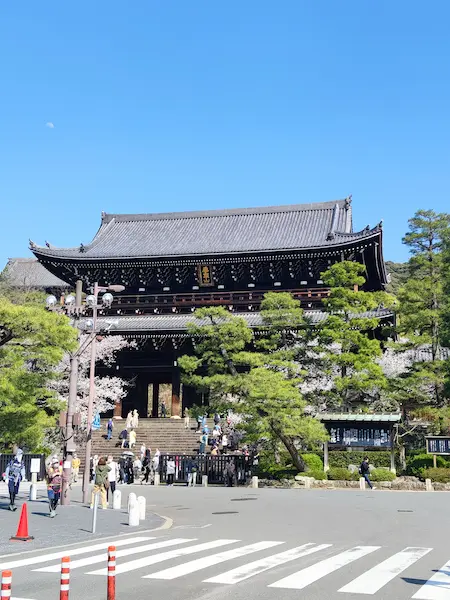
Chion-in Temple (知恩院)
Chion-in Temple is the head temple of the Jodo sect. Chion-in Temple is where Honen, the founder of the Jodo sect, established a hermitage in 1175 and began to propagate Nembutsu (the recitation of the Nembutsu prayer). In the Edo period, Tokugawa Ieyasu, Hidetada, and Iemitsu built the present main hall, Sanmon gate, and other…
-
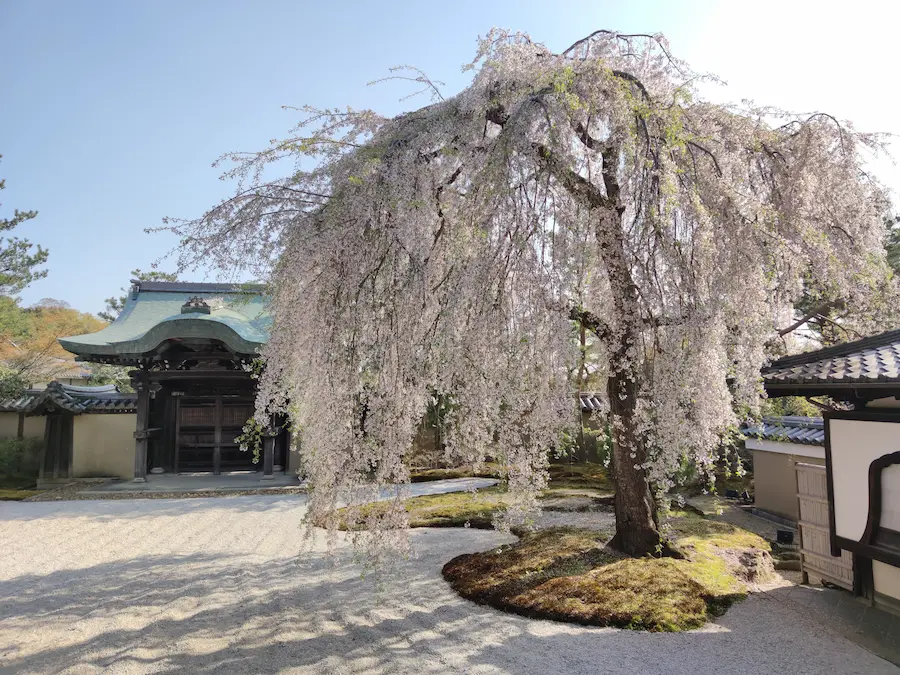
Kodaiji Temple (高台寺)
Kodaiji Temple is located between the famous Kiyomizu-dera Temple and Yasaka-Jinja Shrine, up the mountain side from a narrow path commonly called Nene-no-michi. Temple’s official WEB site History of Kodaiji Temple Hideyoshi Toyotomi’s wife, Nene (Kita-no-Mandokoro) founded the Kodaiji Temple in 1606 as a place of mourning for Hideyoshi. There are many important cultural assets…
-
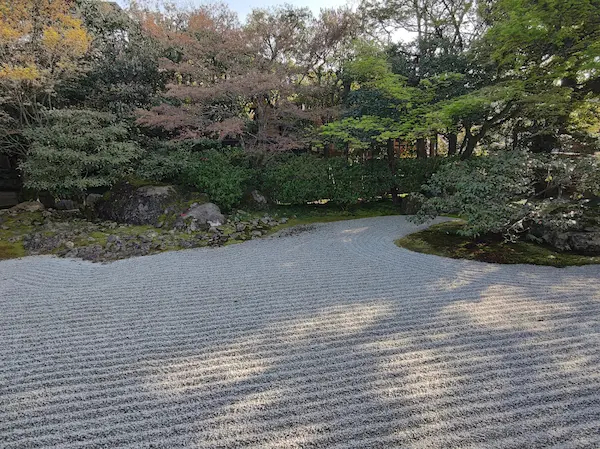
Entoku-in Temple (圓徳院)
Entoku-in Temple is a temple of the Kenninji School of Rinzai Zen Buddhism located in Higashiyama-ku, Kyoto. It is a sub-temple of Kodaiji Temple. It is known as the place where Hideyoshi Toyotomi’s wife, Nene, made her own residence in her later years and is also said to be the place of her demise, according…
-
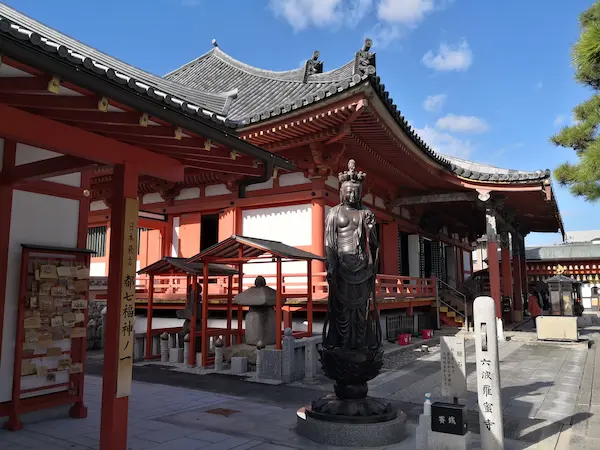
Rokuharamitsuji Temple (六波羅蜜寺)
History of Rokuharamitsuji Temple Kuya Shonin, a son of the then Emperor Daigo, founded .Rokuharamitsuji Temple in 951. Kuya Shonin felt life in all things, praised Namu Amidabutsu, and chanted the Nembutsu with joy and dancing, rejoicing in the fact that today exists. Rokuharamitsuji Temple used to have a vast temple complex. And the mansions…
-
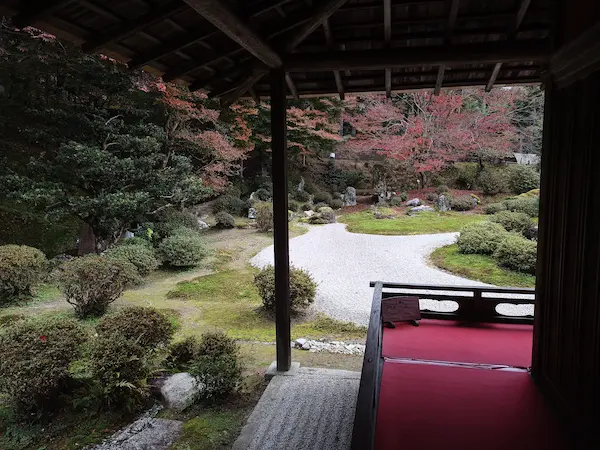
Manshu-in Temple (曼殊院)
Manshu-in is a monzeki temple located in Ichijodani. From Enkoji Temple, you will pass through a residential area and walk along a path called Manshuin-do (Manshuin Road), which leads to a wooded area. After passing through there, you will see Manshuin Temple. Manshu-in was originally opened by Saicho as a dojo on Mt. Hiei. It…
-
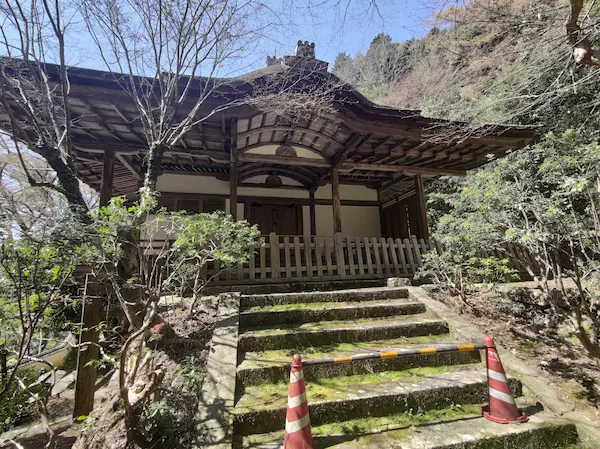
Kami-Daigo (上醍醐), Upper complex of Daigoji Temple
Daigoji Temple is divided into two parts: the upper part of the temple and the flat area. The flat area is well-known Daigoji Temple. And the upper part is called Kami-Daigo, where the older complex of Daigoji Temple exists. This is the birthplace of Daigoji Temple since 874. Daigo water, which has been gushing since…
-
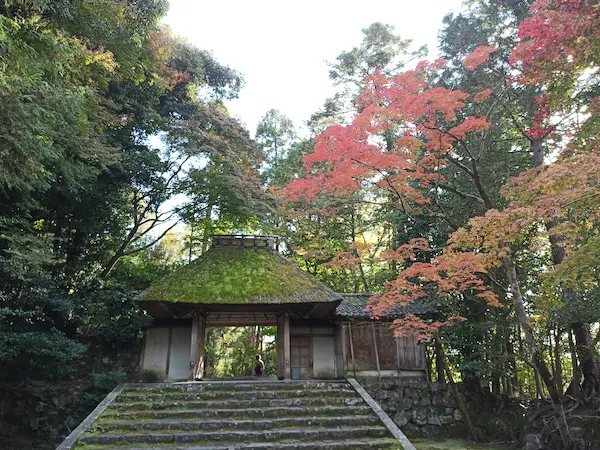
Honen-in Temple (法然院)
Leaving the Philosopher’s Path before reaching Ginkakuji Temple, visitors will find Honen-in Temple on the east side of the mountain. This temple was founded in 1680, in the early Edo period. The origin of the temple is as follows. Emperor Go-Toba was the one who later caused the Jokyu Rebellion and was exiled to Oki.…
-
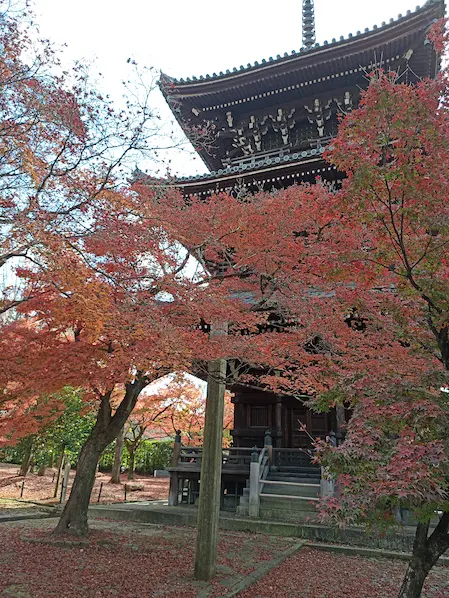
Shinnyo-do (真如堂)
When you pass through the north gate of Konkai Komyoji Temple, Shinnyo-do Hall is immediately ahead of you. Its official name is Shinsho-Gokurakuji Temple. It is a temple of the Tendai sect, with Hieizan Enryakuji as its head temple. And it was founded in 984. Its common name, Shinnyo-do, refers to the main hall. The…
-
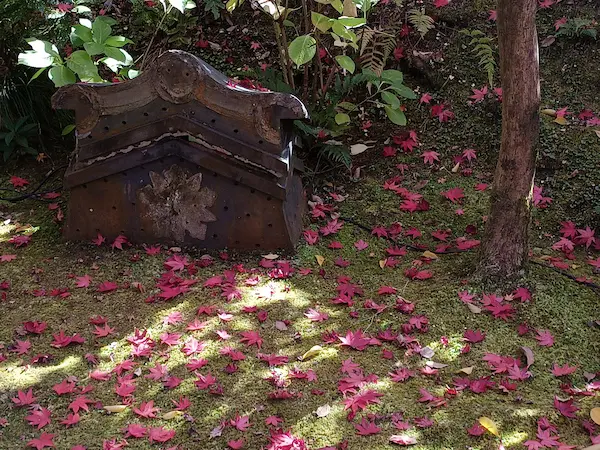
Eikando (永観堂)
Nestled near Nanzenji Temple, Eikando captivates with its Heian-era origins and the revered Looking-back Amidabutsu statue. A must-visit, especially in the enchanting autumn, the illuminated garden reveals Eikando’s timeless beauty. Explore the nearby Nanzenji Temple, famed for its vibrant fall foliage, ensuring an unforgettable Kyoto experience. Just a short distance from Nanzenji Temple, you find…
-
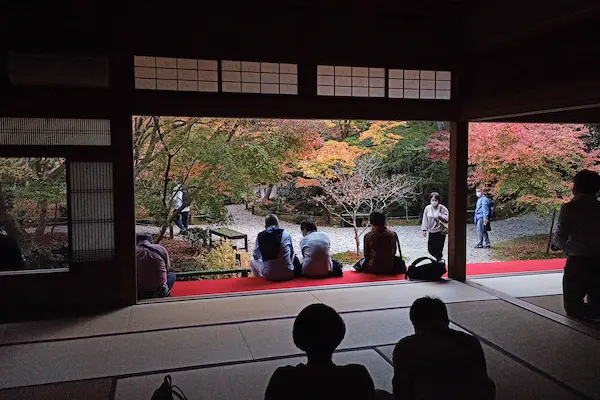
Enkoji Temple (圓光寺)
Enkoji Temple was originally opened by Tokugawa Ieyasu in 1601 as Enko-ji School in Fushimi, and was moved to its current location in Ichijodani in 1667. Cultural assets in the temple include a six-panel screen depicting bamboo groves by Maruyama Okyo (Important Cultural Property) and 50,000 wooden typefaces produced in the early modern period (Important…
-
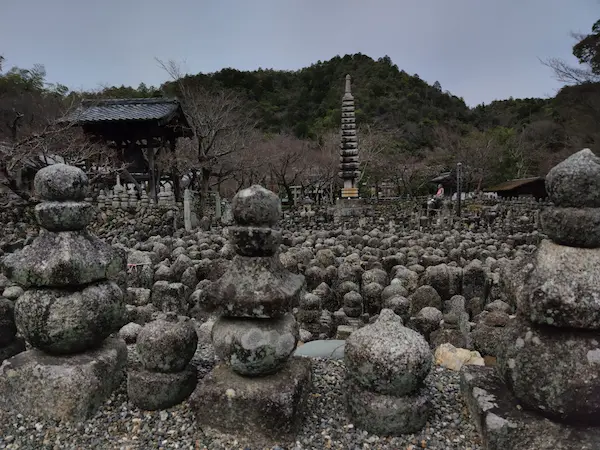
Adashino Nenbutsuji Temple (あだし野念仏寺)
Adashino Nenbutsuji Temple in Kyoto unveils a hauntingly beautiful secret—about 8,000 unmarked small Buddha statues, standing as silent witnesses in its cemetery. This sacred ground, established in 811 by Kukai, tells a tale of reverence and remembrance. The well-preserved bamboo grove behind the temple provides a serene backdrop, offering a perfect escape from the crowds.…
-
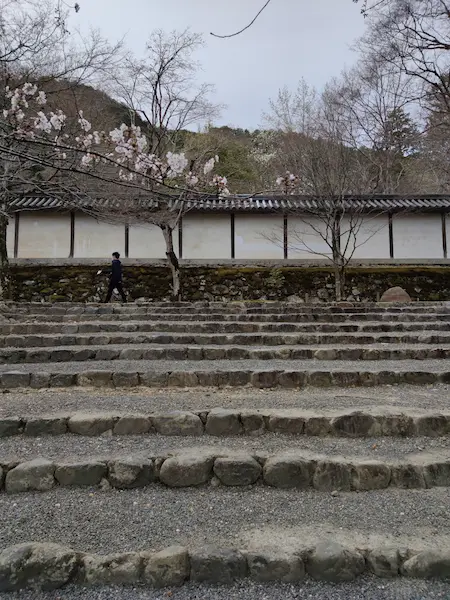
Nison-in Temple (二尊院)
Nison-in Temple is located north of Jojakkoji Temple. Passing through the main gate is a wide path called “Momiji no Baba”. Straight ahead is a wall. The history of Nison-in Temple dates back to the third Tendai Zashu (Ennin). He built the temple in the Jowa period (834-848) at the request of Emperor Saga. Temple’s…
-
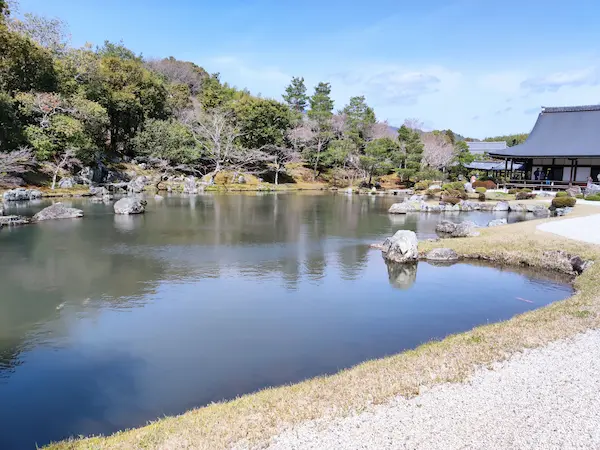
Tenryuji Temple (天龍寺), Arashiyama
Tenryuji Temple in Arashiyama is one of the World Heritage Sites in Kyoto. It is the head temple of the Tenryuji School of Rinzai Zen Buddhism, founded by Ashikaga Takauji and Soseki Muso. The temple was built to mourn the loss of Emperor Godaigo, who was an enemy of Ashikaga Takauji, so to speak. Before…
-
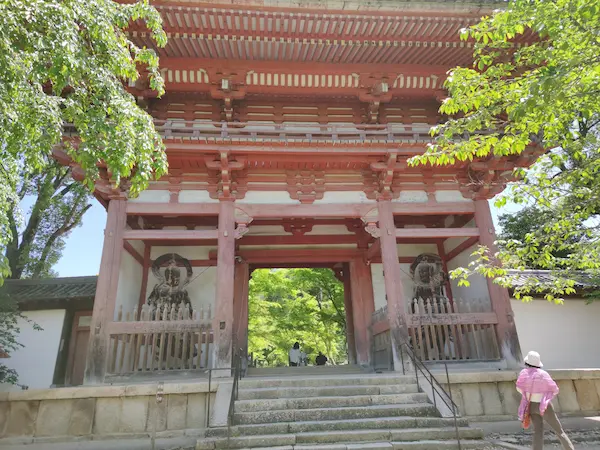
Daigoji Temple (醍醐寺)
Daigoji Temple is a World Heritage-designated temple and it is in Fushimi-ku, Kyoto. The temple is located a bit far from the central area of Kyoto, so despite its incredible temple, visitors are limited. It is the head temple of the Daigo school of the Shingon sect of Buddhism. The temple is famous for “Daigo…
-
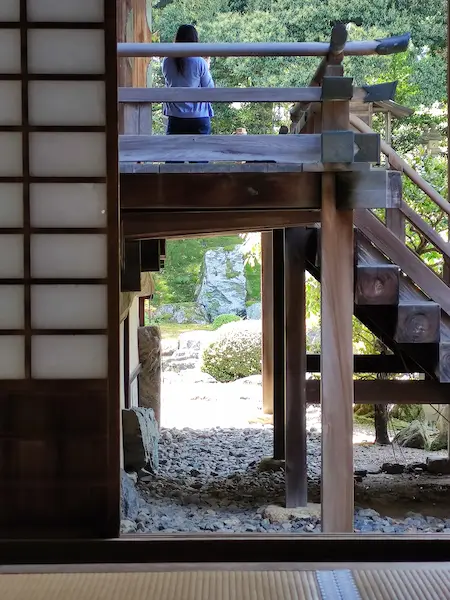
Sanboin Temple (三宝院), Daigoji Temple
It’s history Sanboin, the sub-temple, is entered from the side of the Daigoji Temple reception desk. Sanboin was built in 1115 and served as the main temple where the head priest of Daigoji resided. The present facility was developed after Toyotomi Hideyoshi’s cherry blossom viewing in Daigo in 1598. The garden was basically designed by…
-
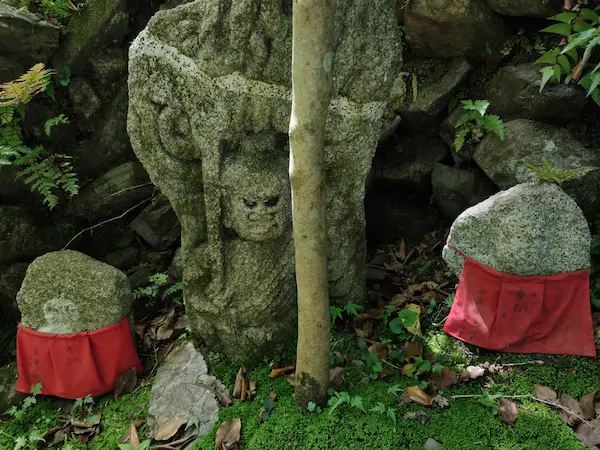
Anrakuji Temple (安楽寺)
Anrakuji Temple is a temple of the Jodo sect of Buddhism. In the Kamakura period (1185-1333) Two of Honen’s disciples, Juren and Anraku, built a hermitage as a place to practice Nembutsu (the recitation of the Lotus Sutra). Honen-in Temple near Ginkakuji Temple is said to have been built on the site of this hermitage.…
-
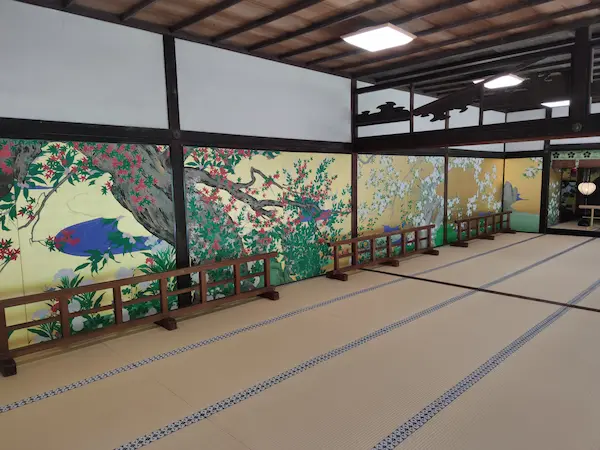
Chishakuin Temple (智積院)
Chishakuin Temple in Kyoto is the head temple of the Chizan School of Shingon Buddhism. Originally it was in Wakayama Prefecture as one of the sub-temples of the Daidenpoin Temple. Later it was rebuilt in Kyoto in 1598 after a war. Garden Chishakuin Temple has a famous pond garden facing the Daishoin (main drawing room).…
-
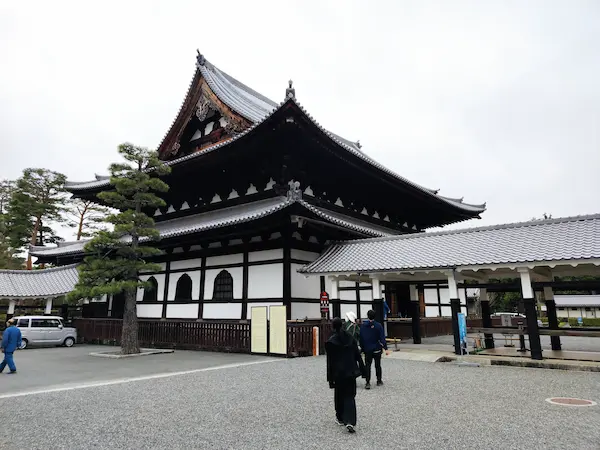
Shokokuji Temple (相国寺)
From the Imadegawa Gomon gate on the north side of the Kyoto Imperial Palace, walk north past the Doshisha University campus and you will soon come to Shokokuji Temple. Shokokuji Temple is the head temple of the Shokokuji School of the Rinzai Sect of Zen Buddhism. Temple’s official WEB site The temple was founded by…
-

Kyoto Imperial Palace (京都御所)
The Kyoto Imperial Palace is open to the public all year round. As a rule, the Palace is closed to visitors every Monday, during the year-end and New Year holidays, and when other events are held. Present-day Imperial Palace (Kyoto Gosho) is often thought of as the Daidairi (imperial residence) of Heian-kyo period. But this…
-

Nijo Castle (二条城)
Nijo Castle was built in 1603 by Tokugawa Ieyasu to guard the Kyoto Imperial Palace and provide lodging for shoguns traveling to Kyoto. 1611 saw Toyotomi Hideyori and Tokugawa Ieyasu meeting at Nijo Castle, and the third shogun, Tokugawa Iemitsu, undertook extensive renovations for Emperor Gomizuo’s visit to the castle, including the Ninomaru Palace, which…
-

Hotoji Temple (宝塔寺)
Hotoji Temple is located south of Fushimi Inari Taisha Shrine and Sekihoji Temple. Few tourists visit here. According to temple legend, Fujiwara no Mototsune, the Kanpaku (highest ranking officer) of the time, founded the temple in the early Heian period (late 9th century). At that time, it was Gokurakuji temple of the Shingon sect of…
-
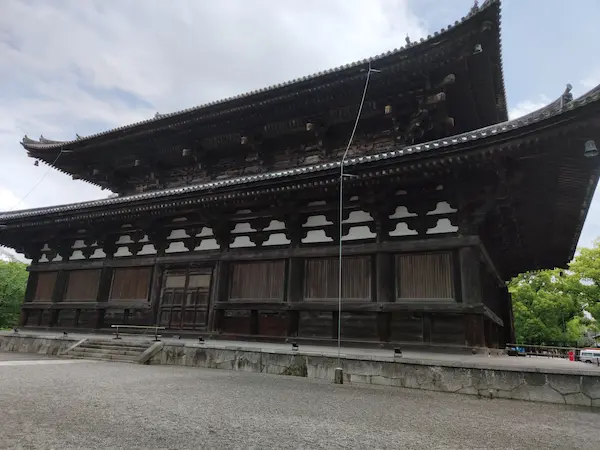
Toji Temple (東寺)
When the capital moved from Nara to Heian-kyo, the only temples built by Emperor Kanmu were Toji and Saiji. They were built symmetrically across the Rashomon Gate. Later, Saiji and Rashomon were burnt down. And only Toji remained. The division of Toji Temple the only one that retains the division of the temple when Heian-kyo…
-
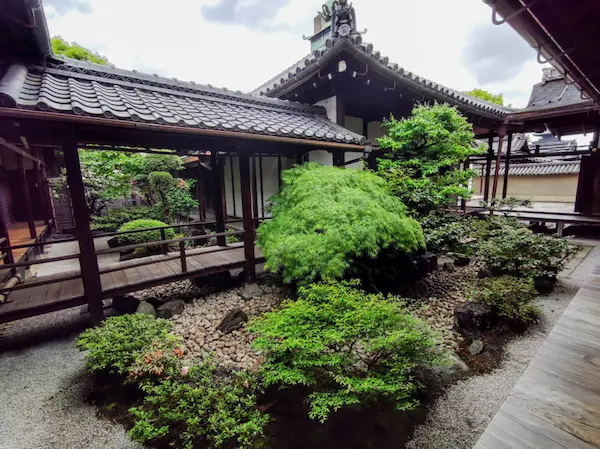
Kanchi-in Temple (Toji) 観智院
Kanchiin is one of the sub-temples of Toji Temple. It is just inside the Kita-Soumon gate (an important cultural property) of Toji Temple. The path from the Kitasomun is called Kushige-koji, which is said to be the very width of the road in ancient Heiankyo Capital. Kanchi-in is a Shingon school temple. The entrance is…
-
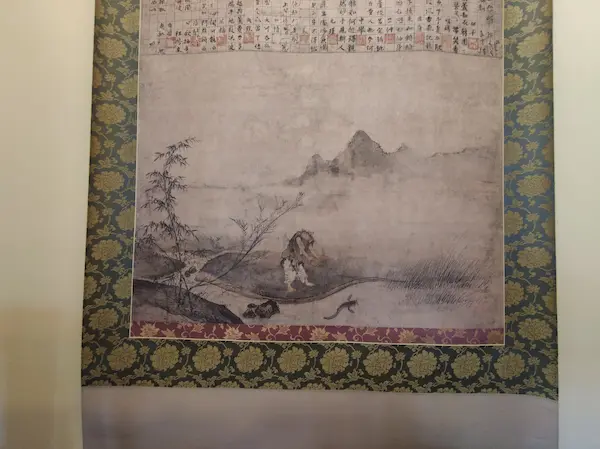
Taizo-in (Myoshinji) Temple 退蔵院
One of the sub-temples near the Myoshinji Butsuden is Taizo-in Temple. This temple is home to the National Treasure “Hyonenzu,” the historic site and place of scenic beauty “Motonobu’s Garden,” a dry landscape garden, and the pond garden “Yokoen,” a garden with a circular garden. Unfortunately, Hyonenzu is not open to the public and you…
-
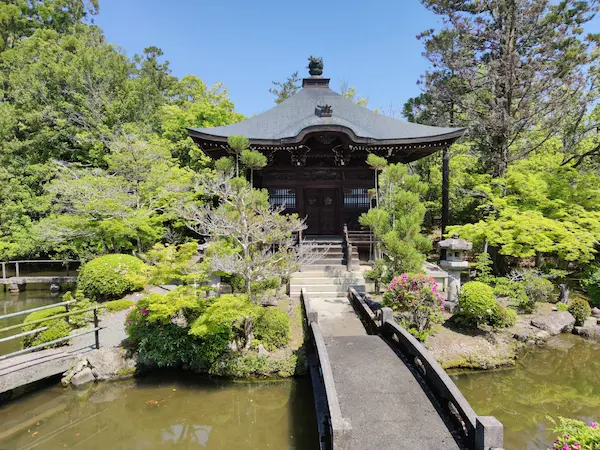
Seiryoji Temple (清凉寺)
Seiryoji Temple, also known as Saga Shakado in Sagano, is a cultural gem awaiting discovery by foreign tourists. Home to the revered Shakyamuni Buddha statue, a national treasure from India, the temple unveils this sacred artifact during special visits. The temple’s origins trace back to Seikaji, the model for Hikaru Genji’s “Saga no Godo” in…
-
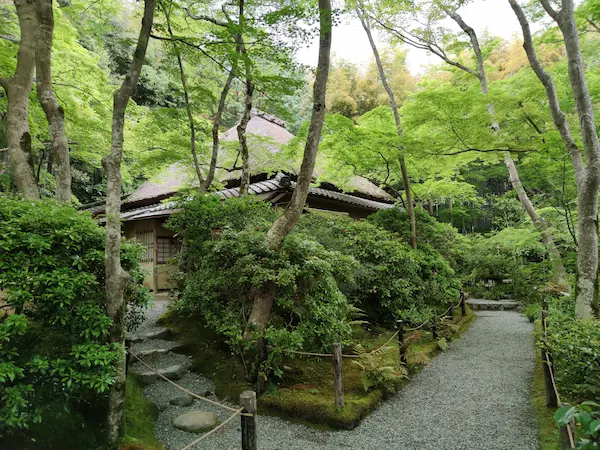
Gioji Temple (祇王寺)
Gioji Temple, a nunnery in green and tranquility According to the Tale of the Heike and the Genpei Seisuki, Gioji Temple is where Shirabyoshi (dancer) Gio became a nun at the then Saga Oujoin Temple along with his mother Toji and sister Kojo. Taira no Kiyomori once favored her but later treated her coldly. That’s…
-
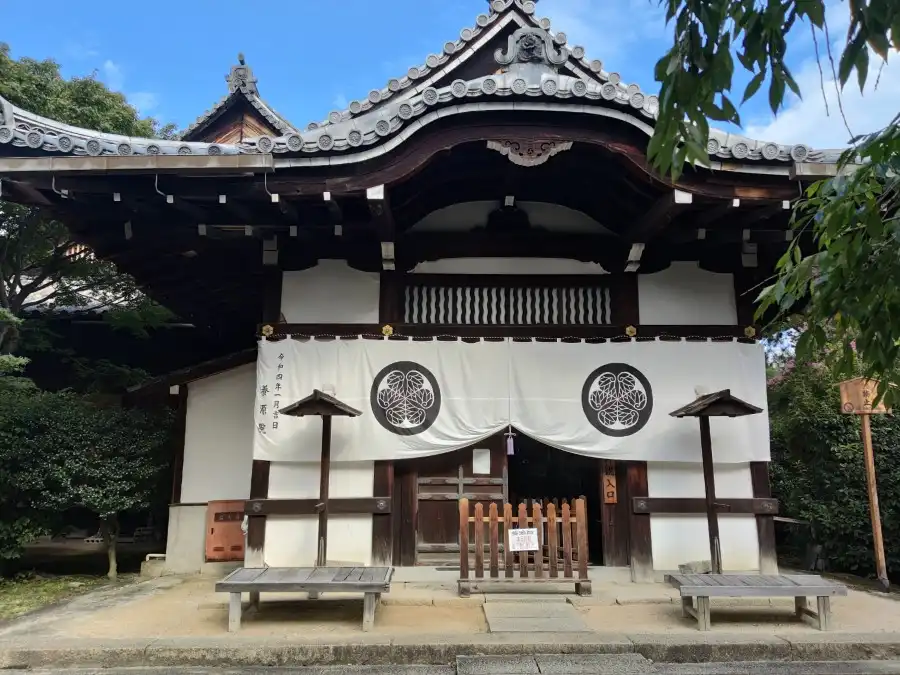
Yogen-in (養源院)
Yogen-in Temple is located near Sanjusangendo and Hojuji Temple. Yogen-in Temple has a blood ceiling and cedar door and sliding door paintings by Sotatsu Tawaraya that are a must-see. Unfortunately, you cannot take photos inside the temple. The following is a summarized quote from the history of the temple. Temple’s official WEB site Yododono, the…
-
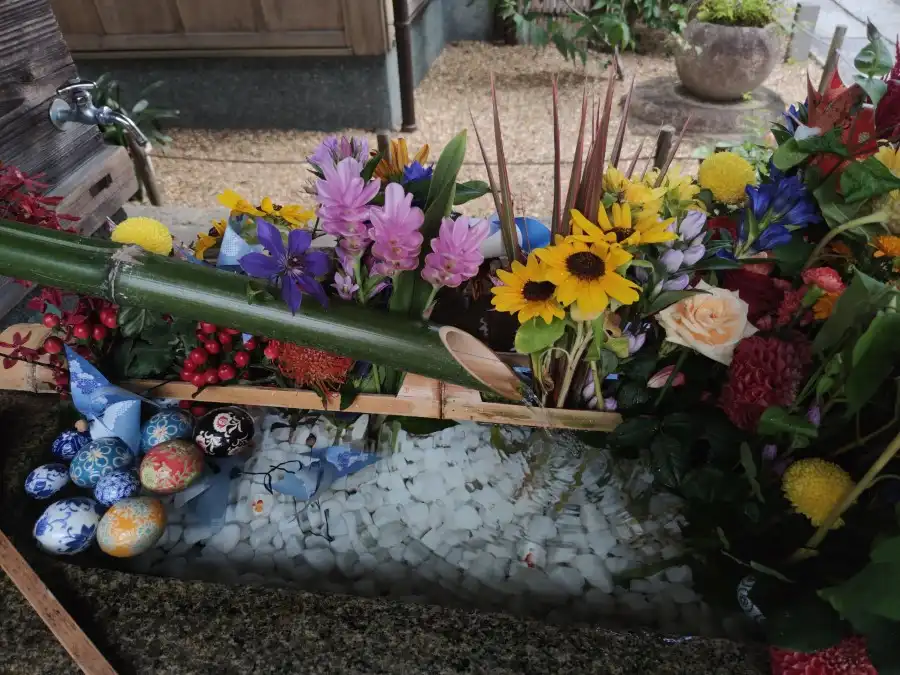
Shorinji Temple Bishamon-do (毘沙門堂 勝林寺)
Bishamon-do Shorinji Temple is also one of the sub-temples of Tofukuji Temple. Bishamonten, the guardian of Tofukuji Temple, is enshrined here. The Bishamonten statue is open to the public only during special openings in spring and fall, and by group application. Zazen experience You can experience zazen in this temple. Zazen is a form of…
-
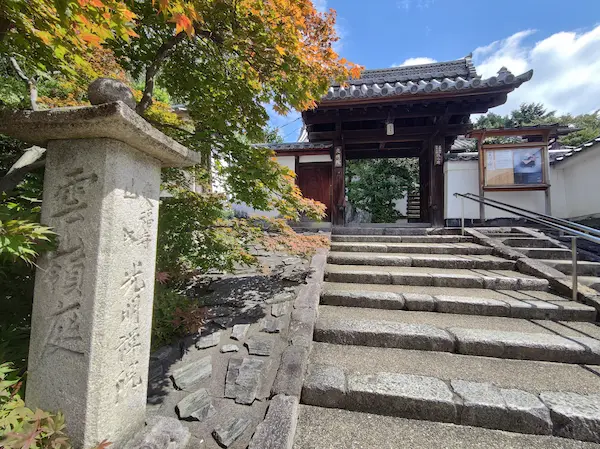
Nanmei-in (南明院)
Nanmei-in Temple is one of the sub-temples of Tofukuji Temple and is located at the southernmost point of the Tofukuji site. In the temple’s precinct, there is the grave of Princess Asahi or Asahi Hime. She was a sister of Toyotomi Hideyoshi and regular wife of Tokugawa Ieyasu. Of course, it must have been a…
-
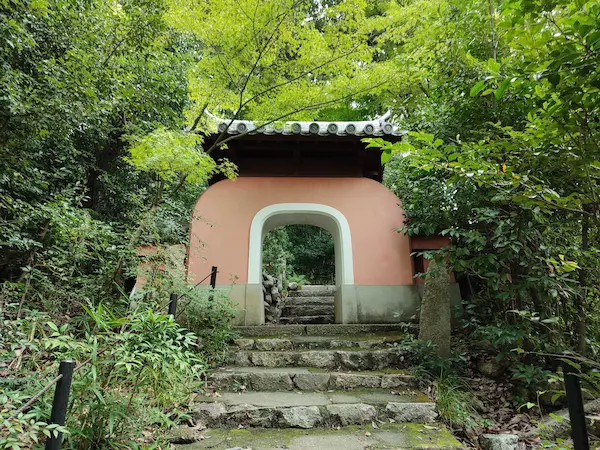
Sekihoji Temple (石峰寺) Temple associated with Ito Jakuchu
Sekihoji Temple is a temple of the Őbaku school of Zen Buddhism. The temple has distinctive Chinese-style gates, which is a characteristic of Obaku School. It is the place where Ito Jakuchu built a hamplet and spent the last years of his life. You can find his cemetery in the temple ground (there is his…
-
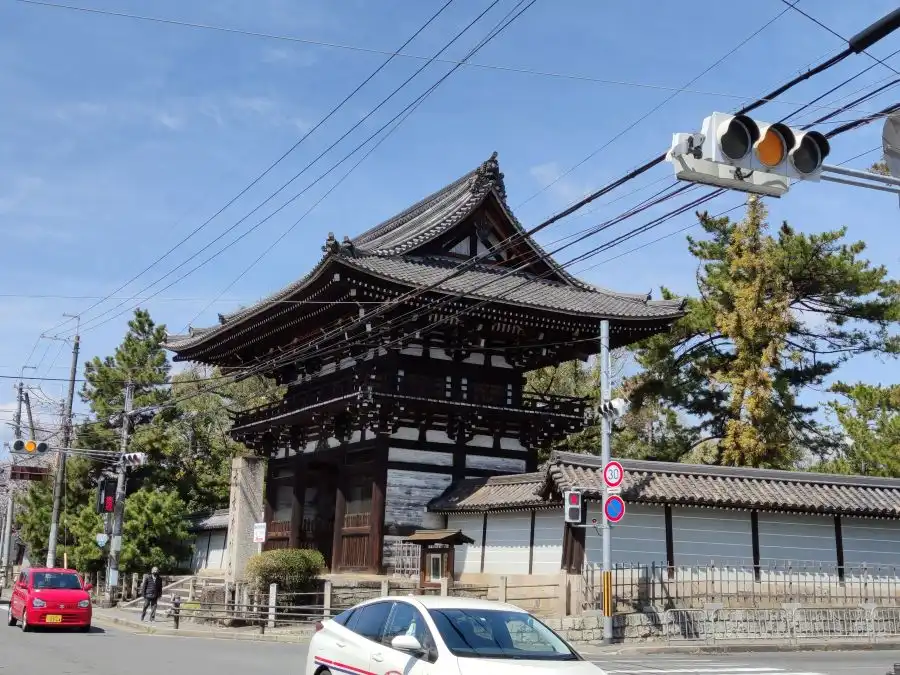
Koryuji Temple (広隆寺)
Koryuji Temple is a Shingon Buddhist temple in Uzumasa. The main deity is Prince Shotoku. It was the clan temple of the Hata clan, a migrant tribe, and is the oldest temple in Kyoto that existed before the creation of capital Heian-kyo. The temple hosts a well-known treasure, a statue of Maitreya Bosatsu (Maitreya Bodhisattva)…
-
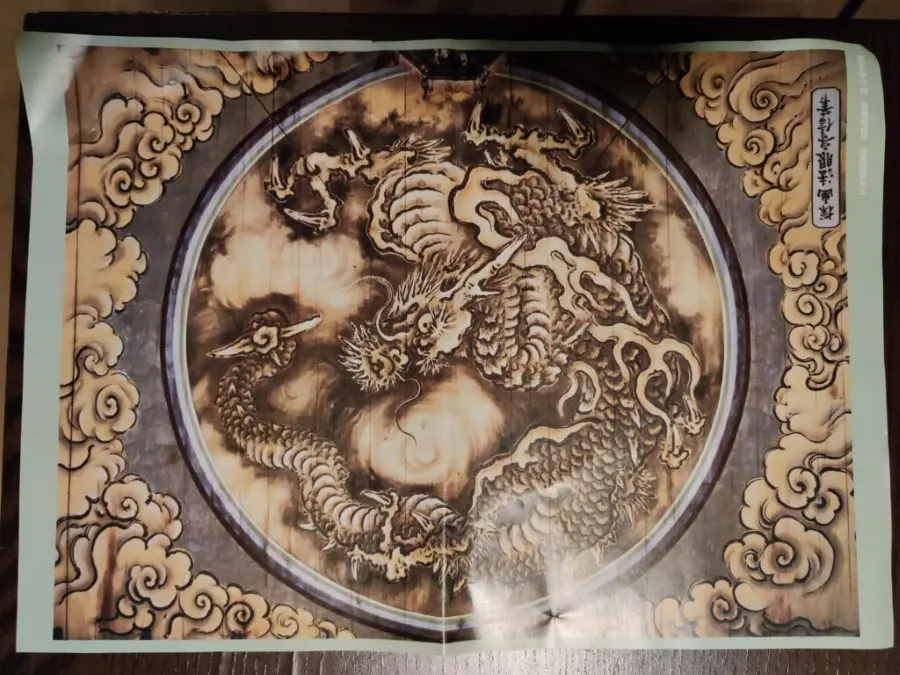
Myoshinji Temple (妙心寺)
Myoshinji Temple is a renowned Zen Buddhist temple located in the northwest part of Kyoto. It is the largest temple complex in the city of Kyoto and serves as the headquarters of the Myoshinji school of the Rinzai sect of Zen Buddhism. Founded in 1337 during the Kamakura period, Myoshinji Temple has a long and…
-
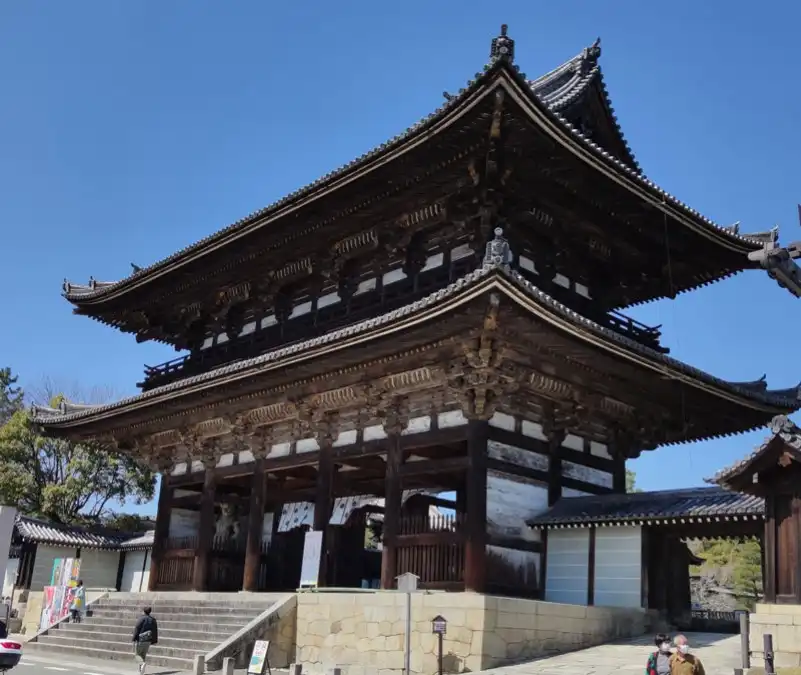
Ninnaji Temple (仁和寺)
Ninnaji Temple, a UNESCO World Heritage Site in Kyoto, offers a journey through time. Founded in 888, this Shingon Buddhist temple showcases exquisite architecture and cultural treasures. Explore the historic Nio-mon Gate, the revered Kondo (main hall), and the rare five-story pagoda. Delve into the serene gardens, including the Omuro Cherry Blossom Garden. Immerse yourself…